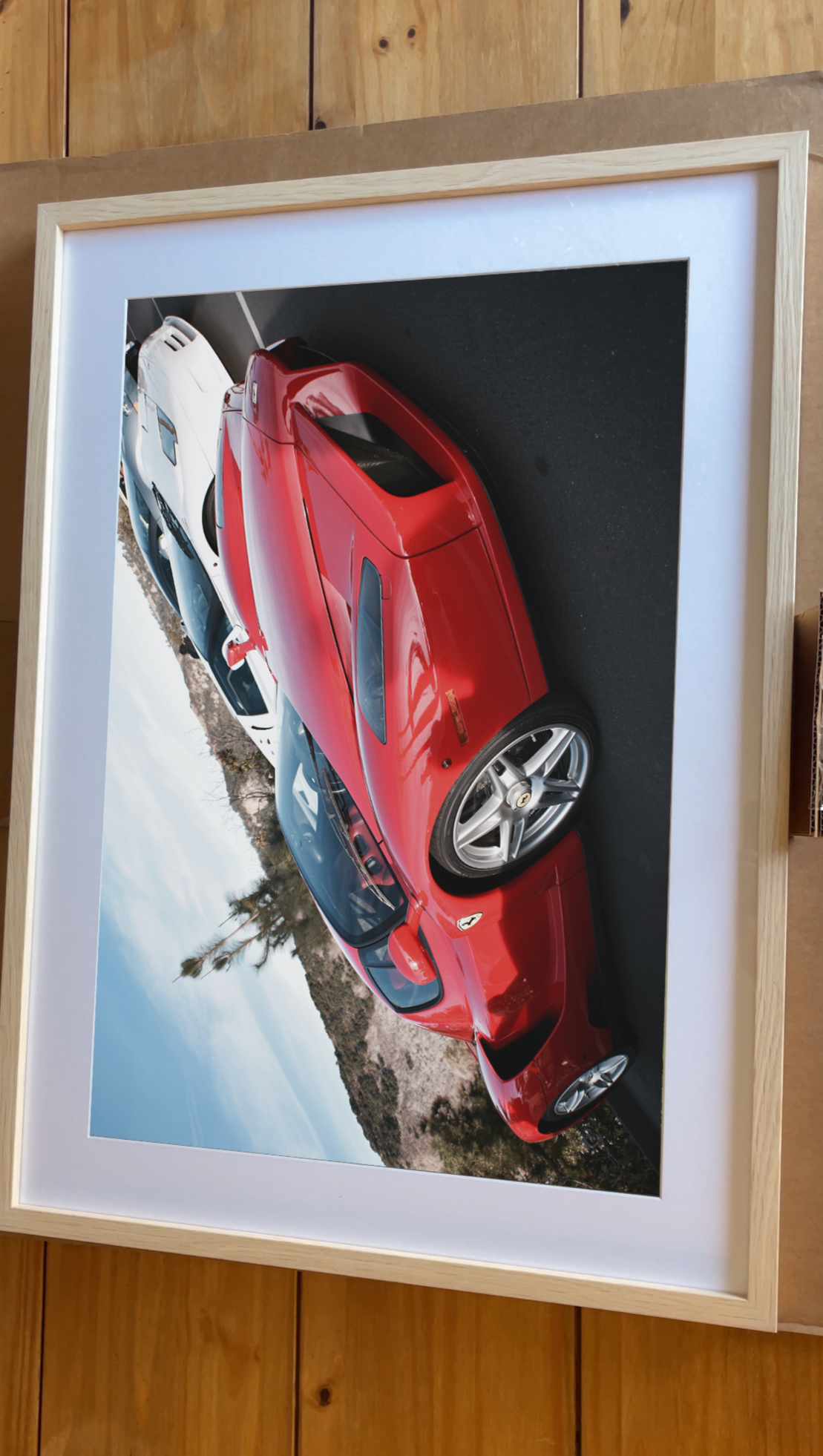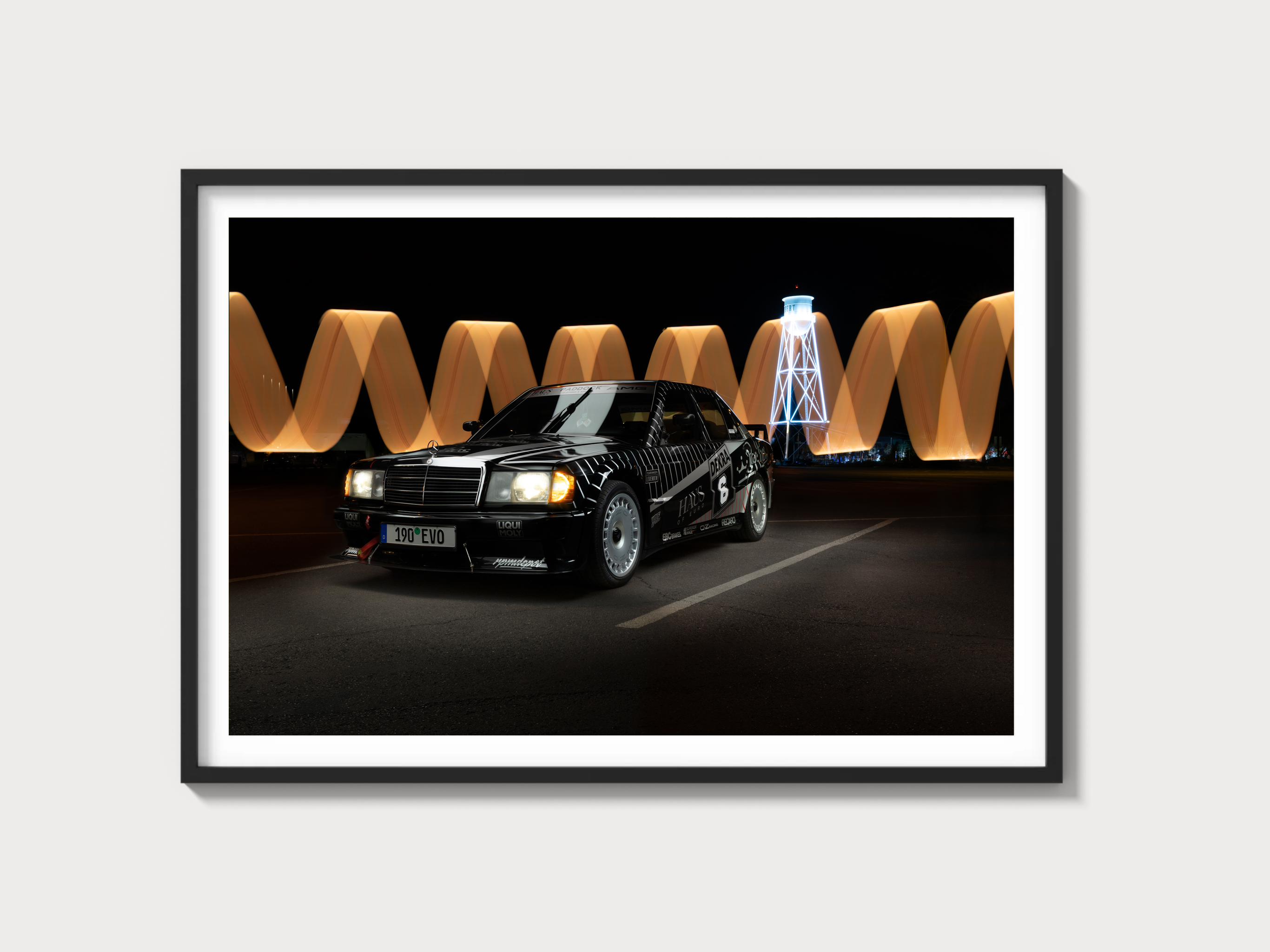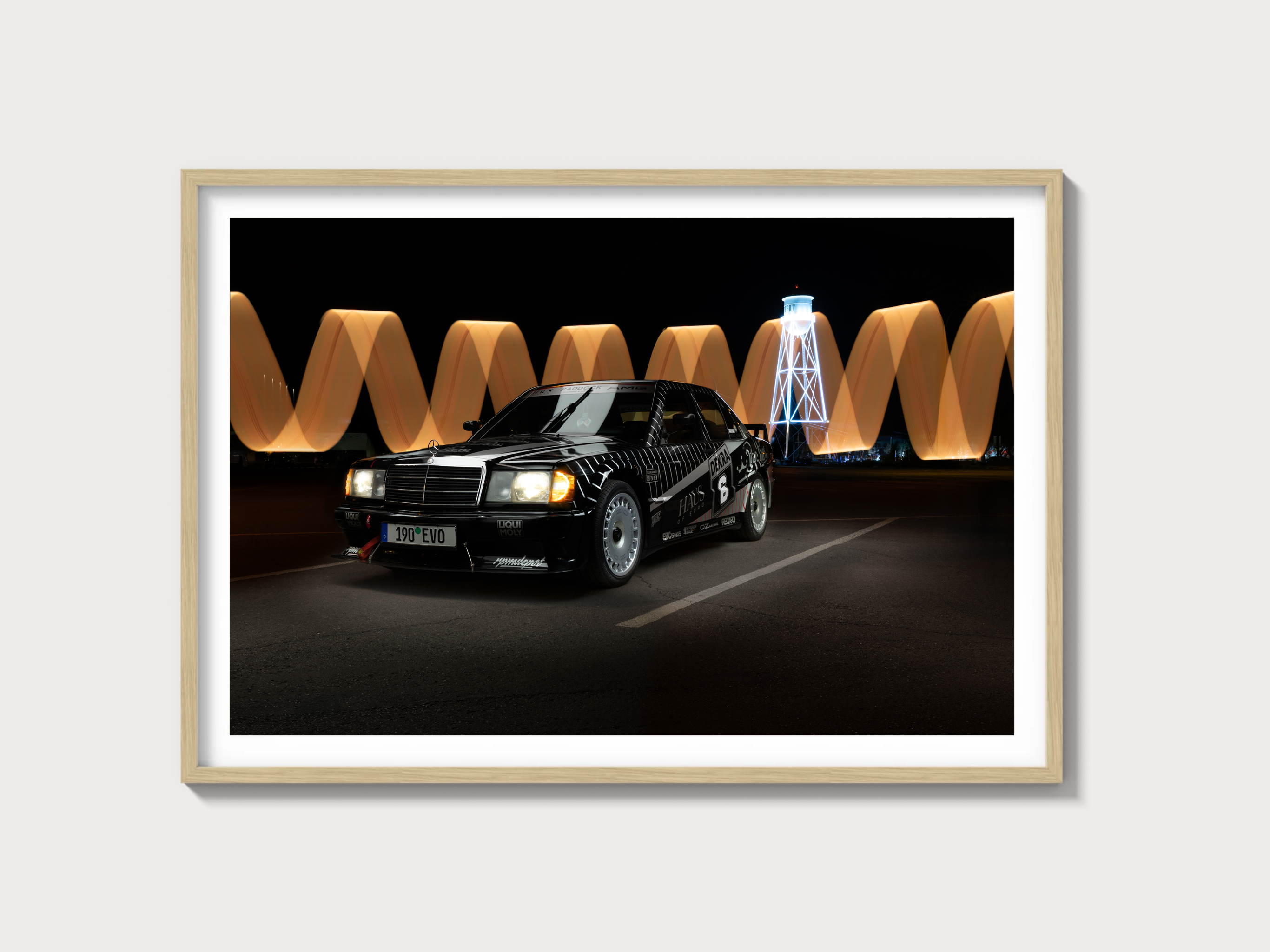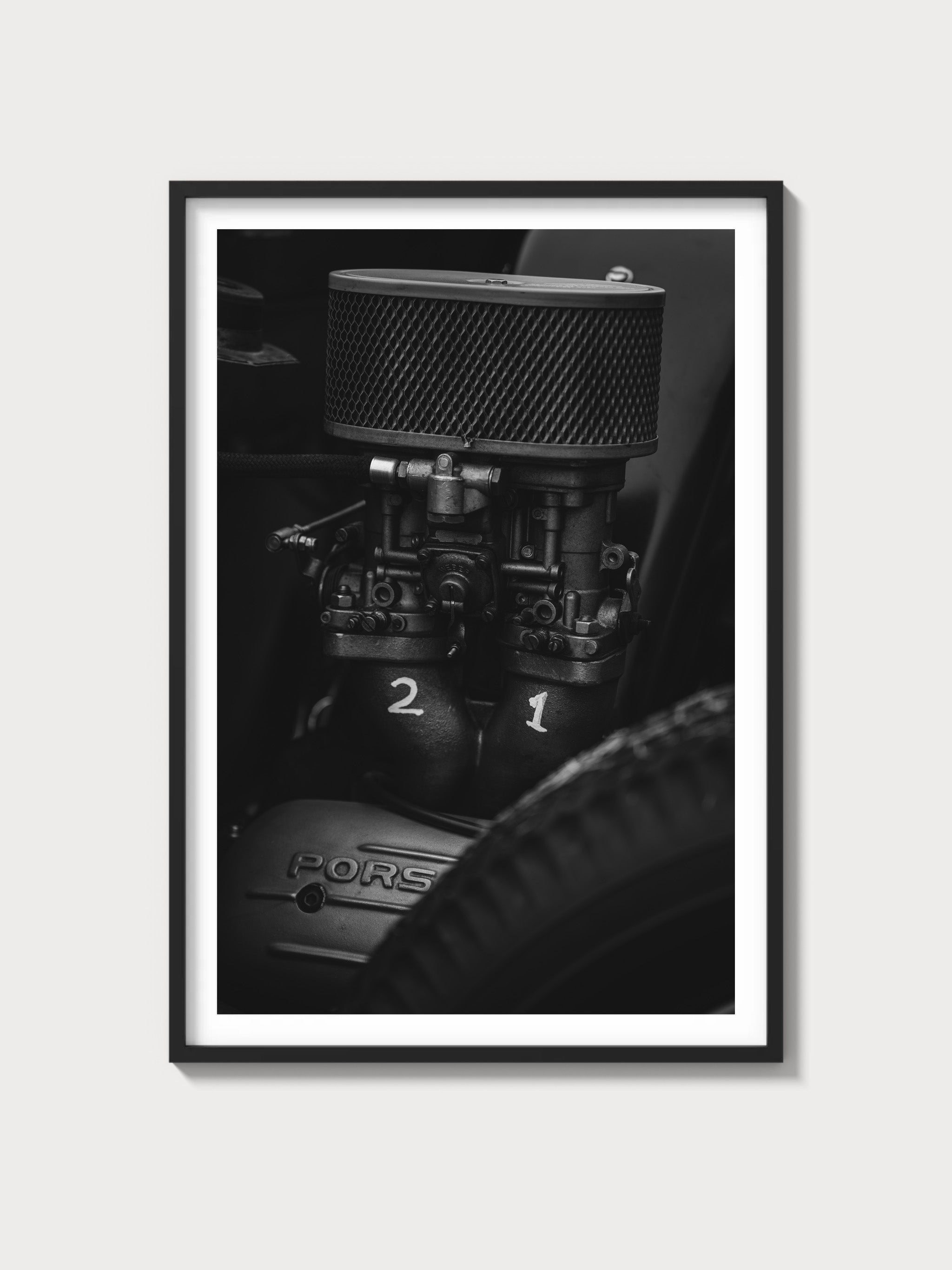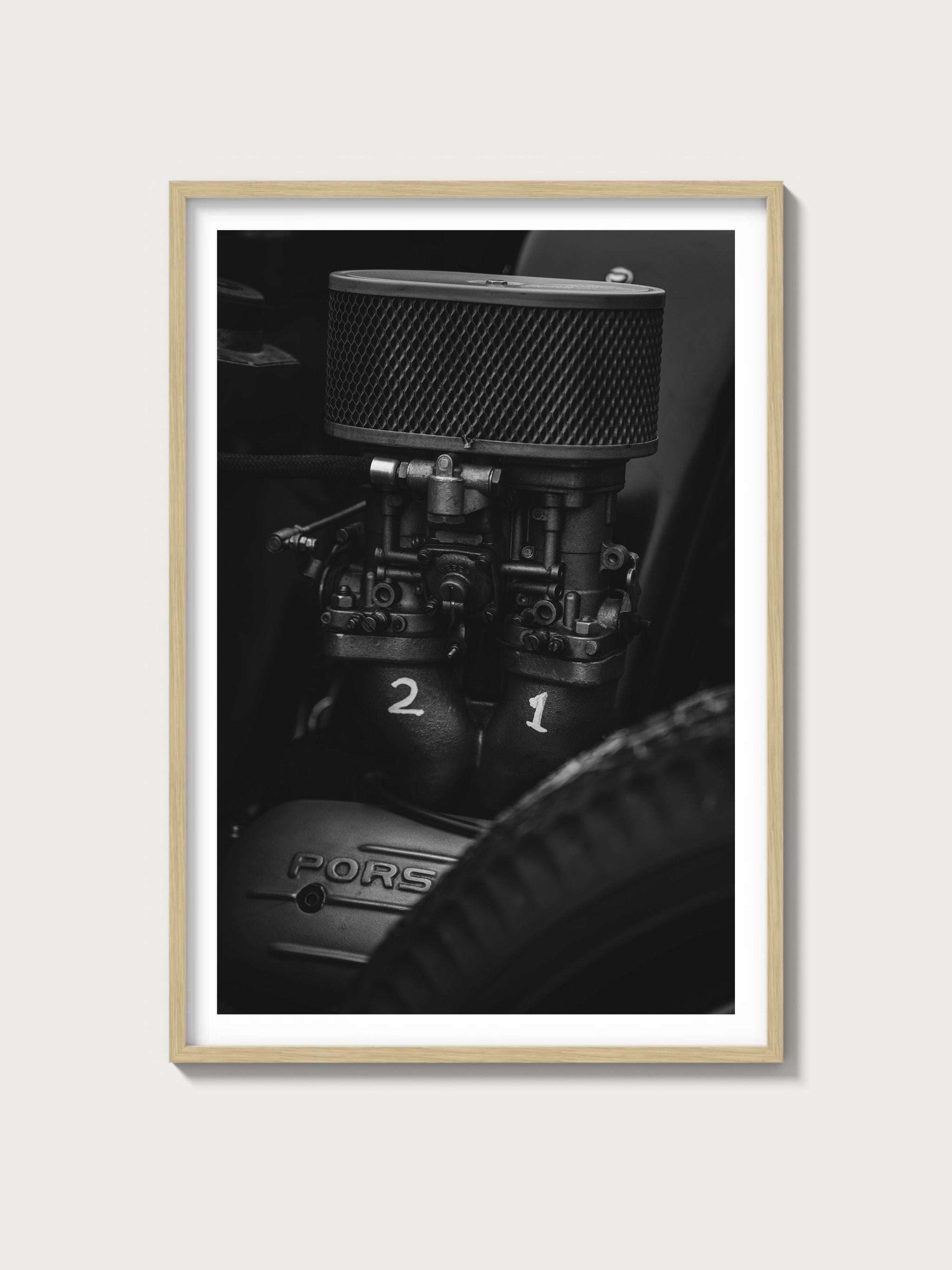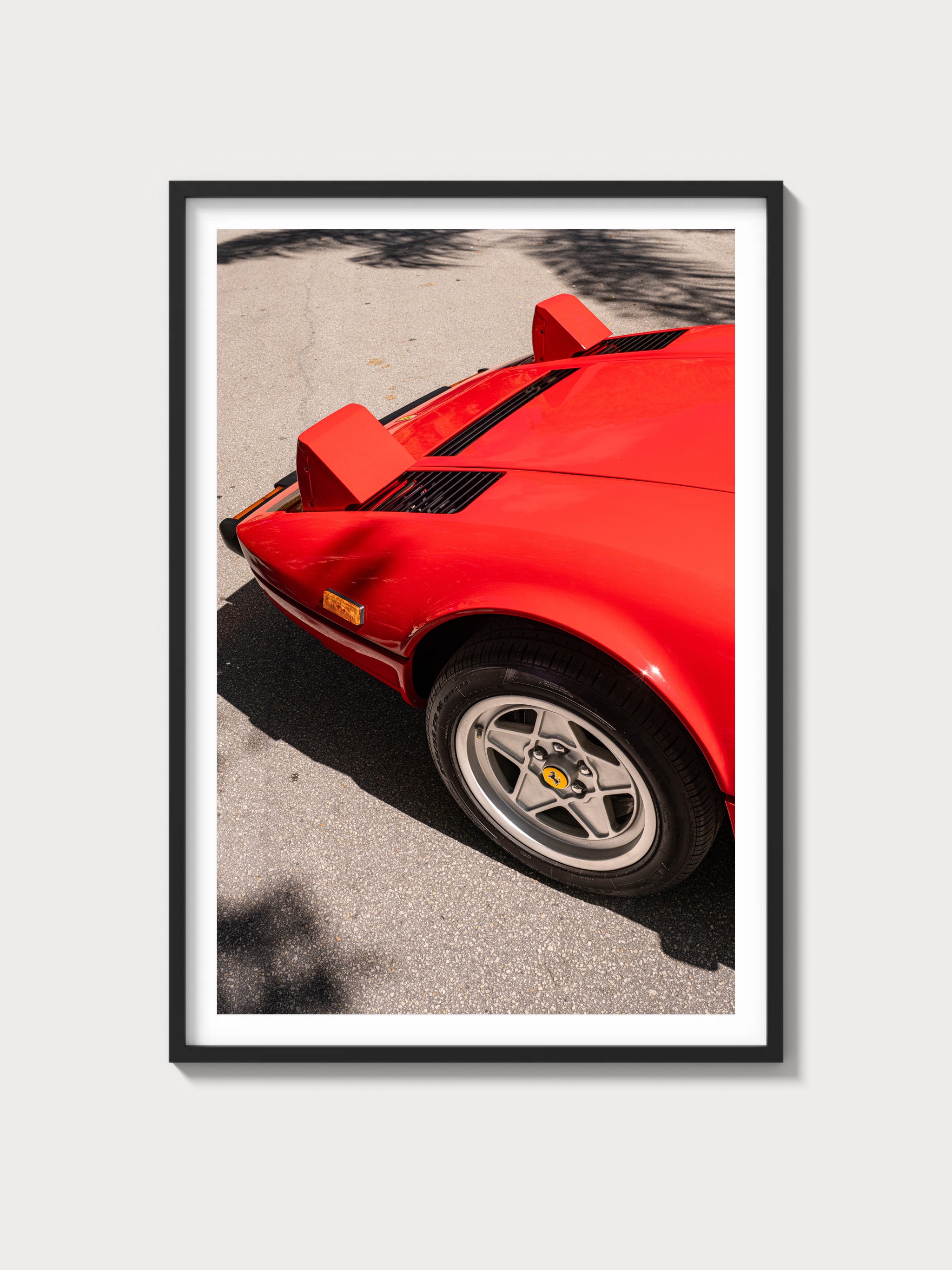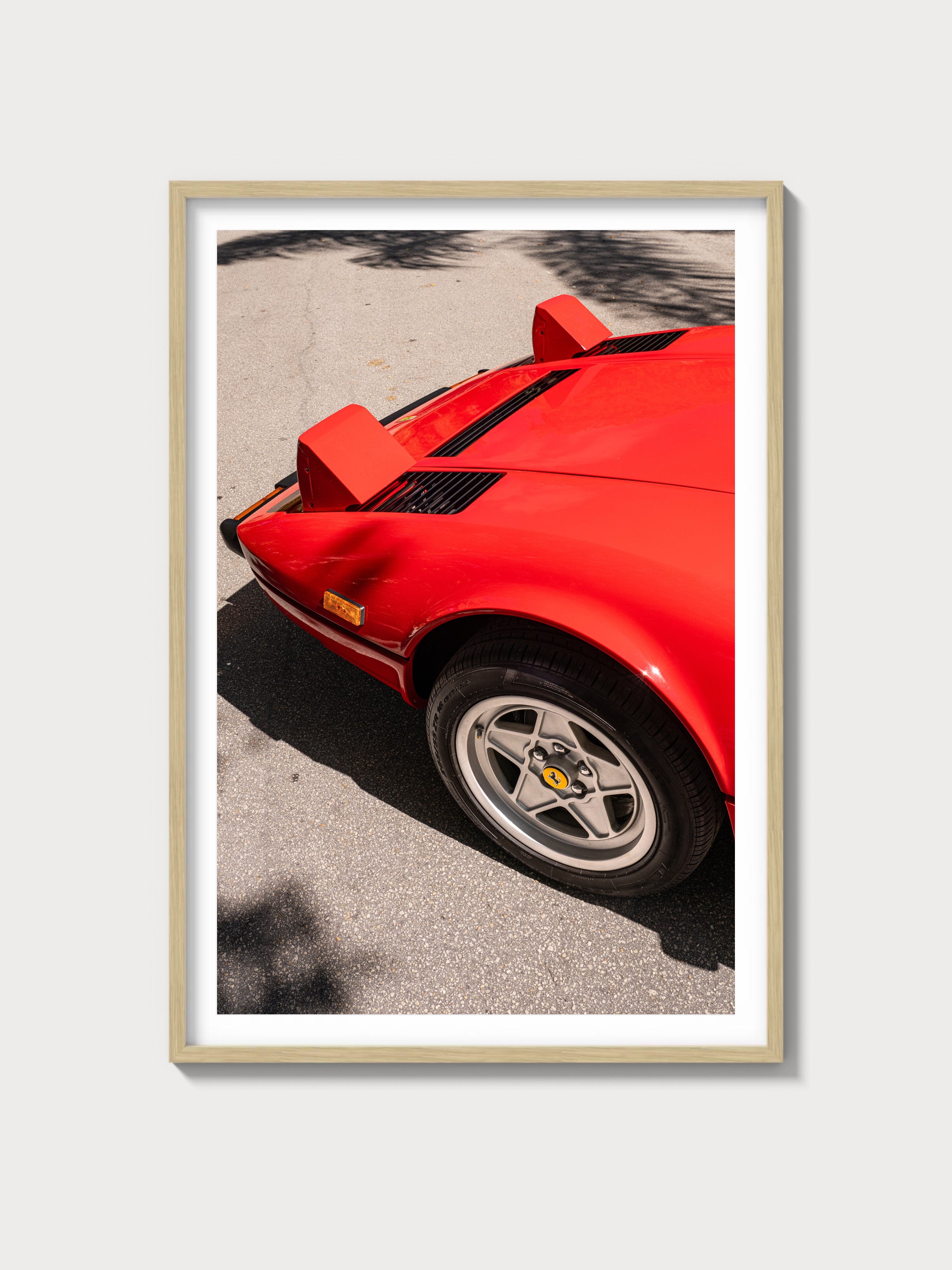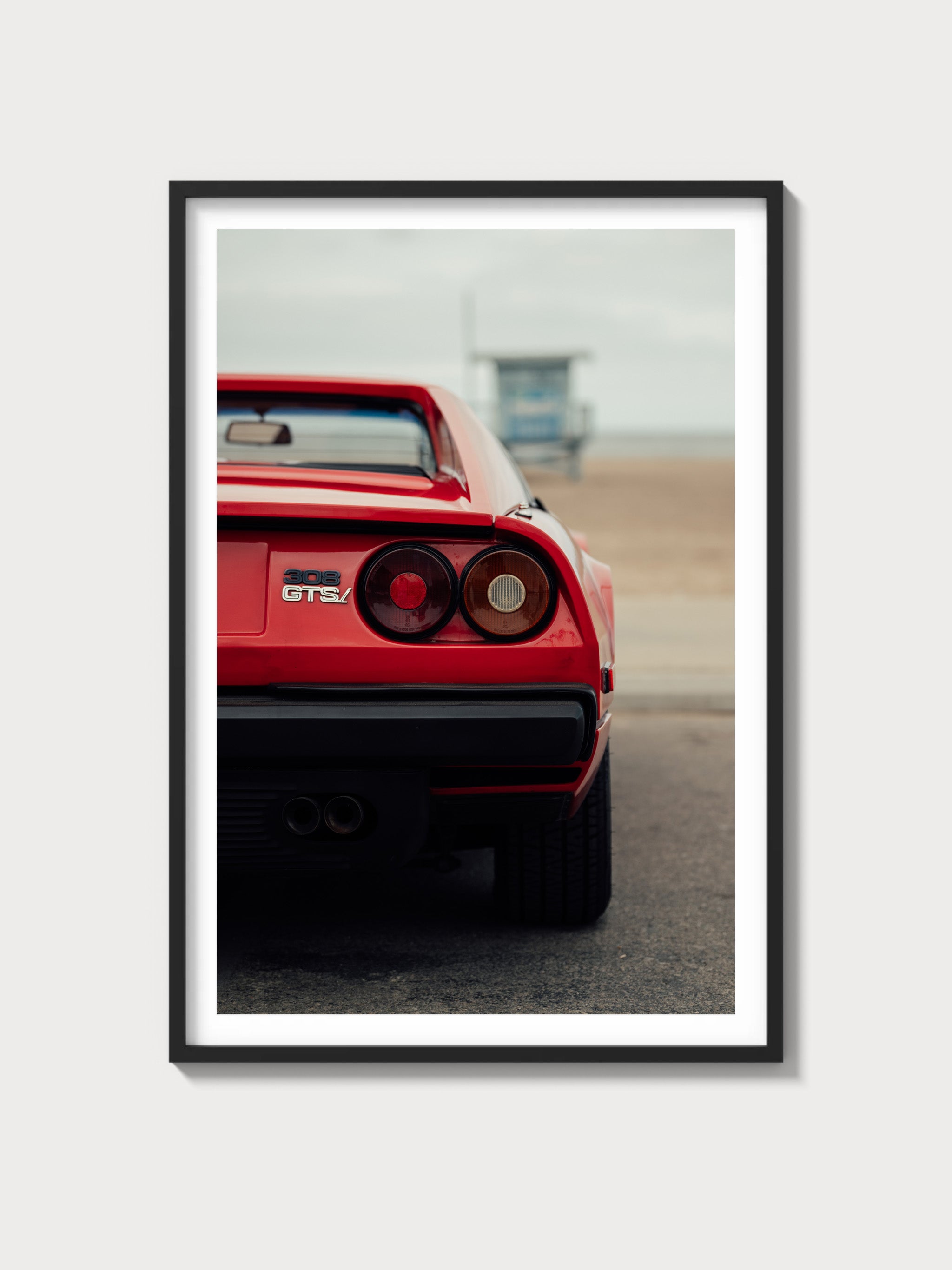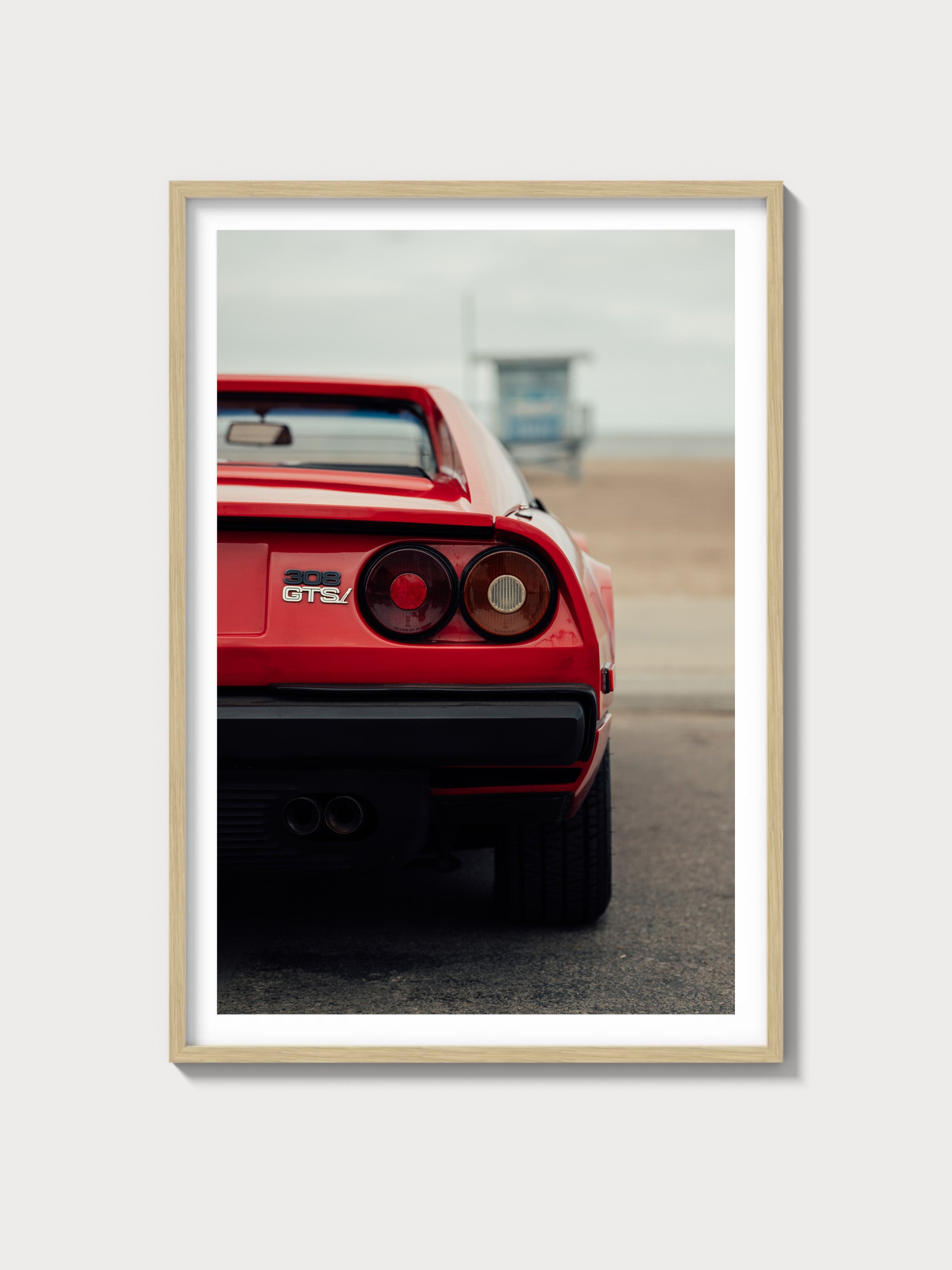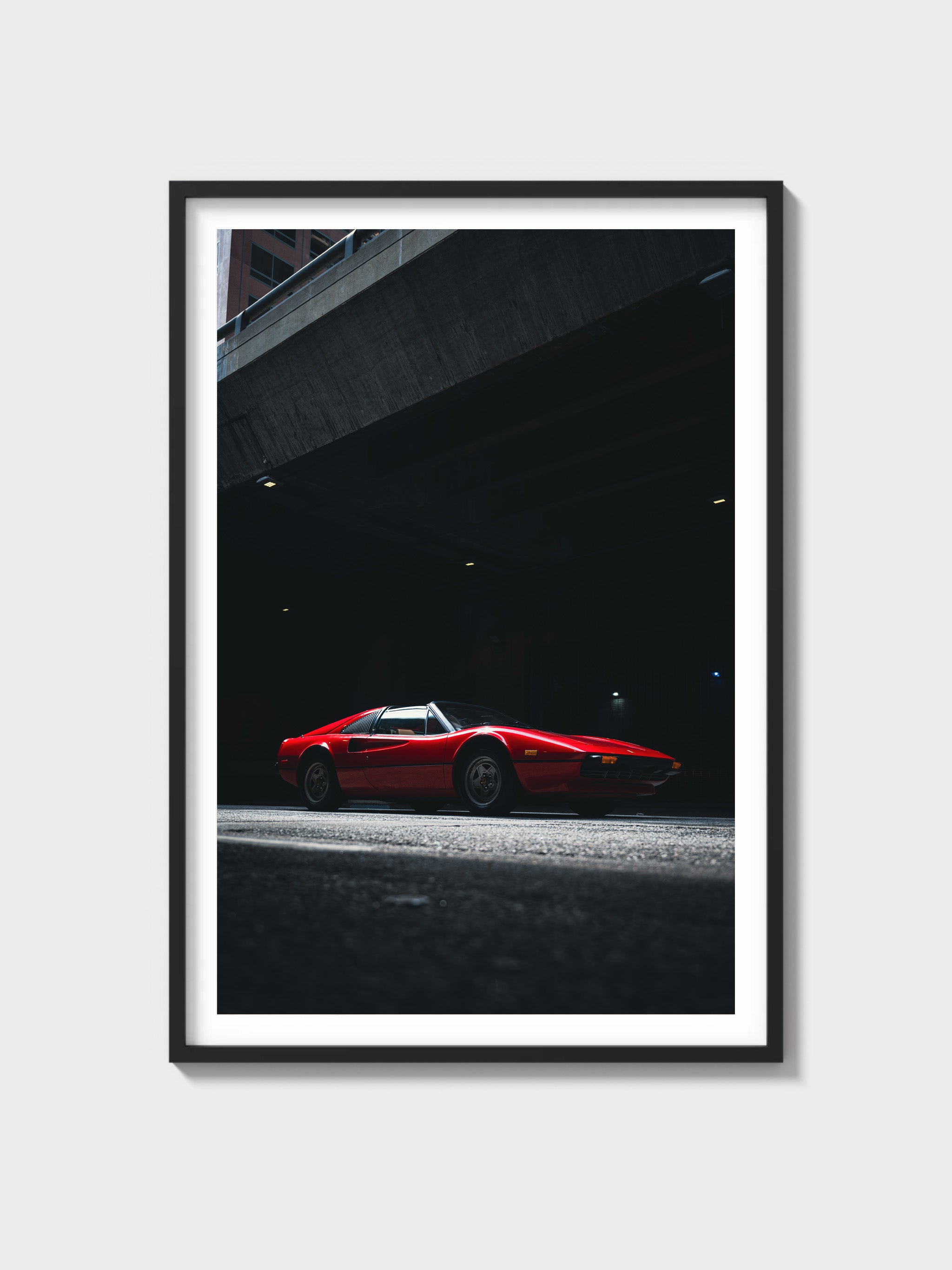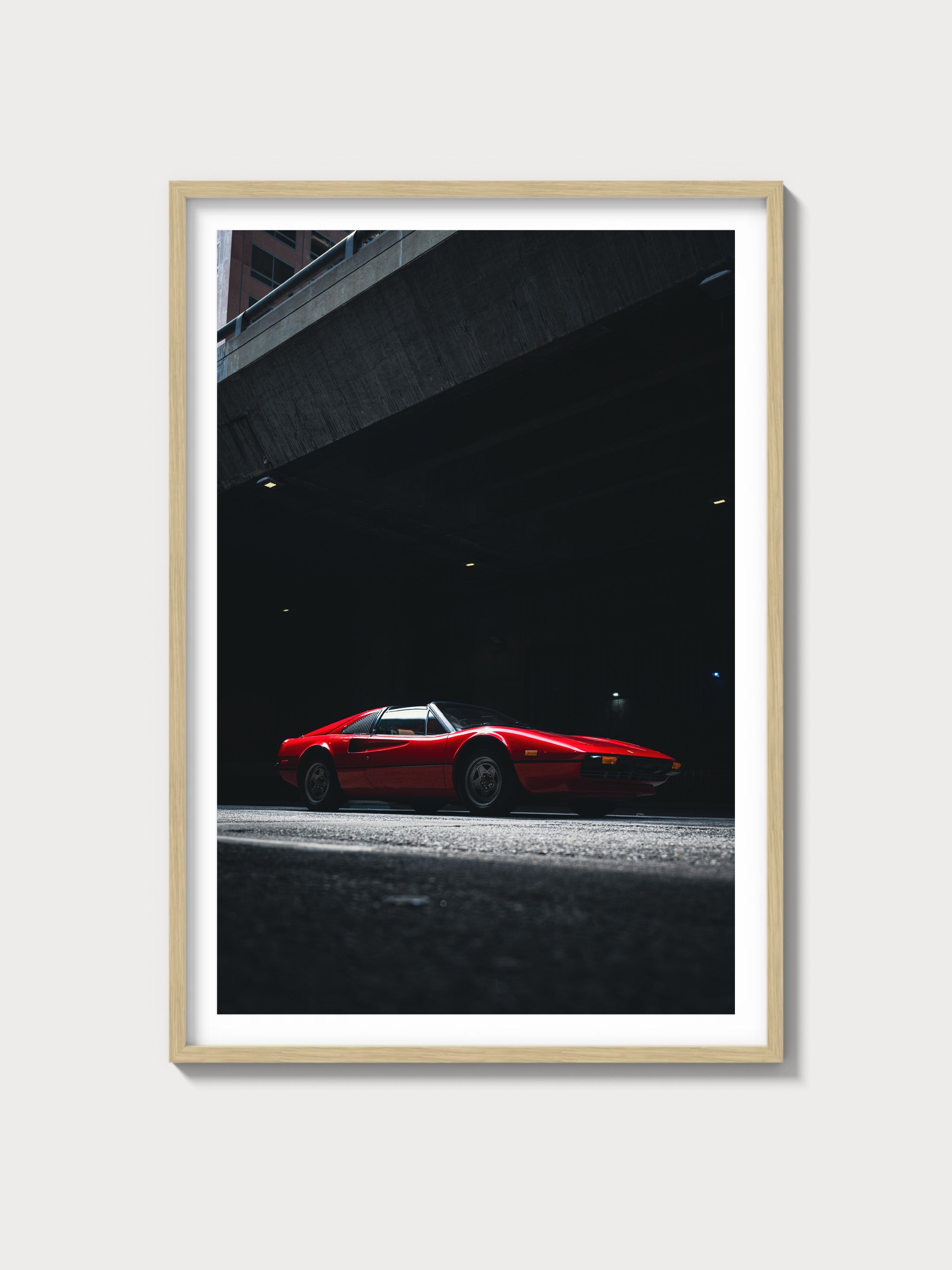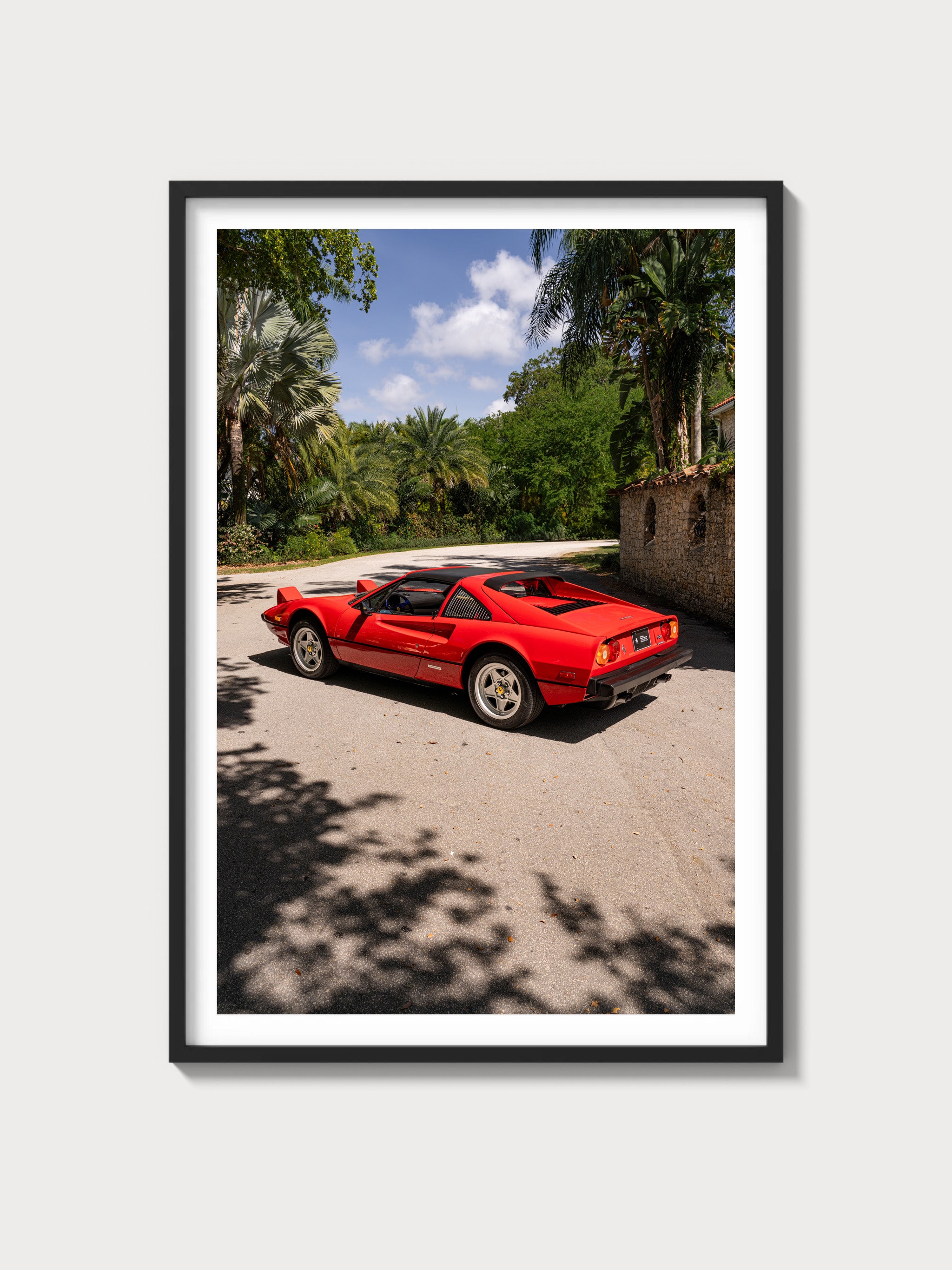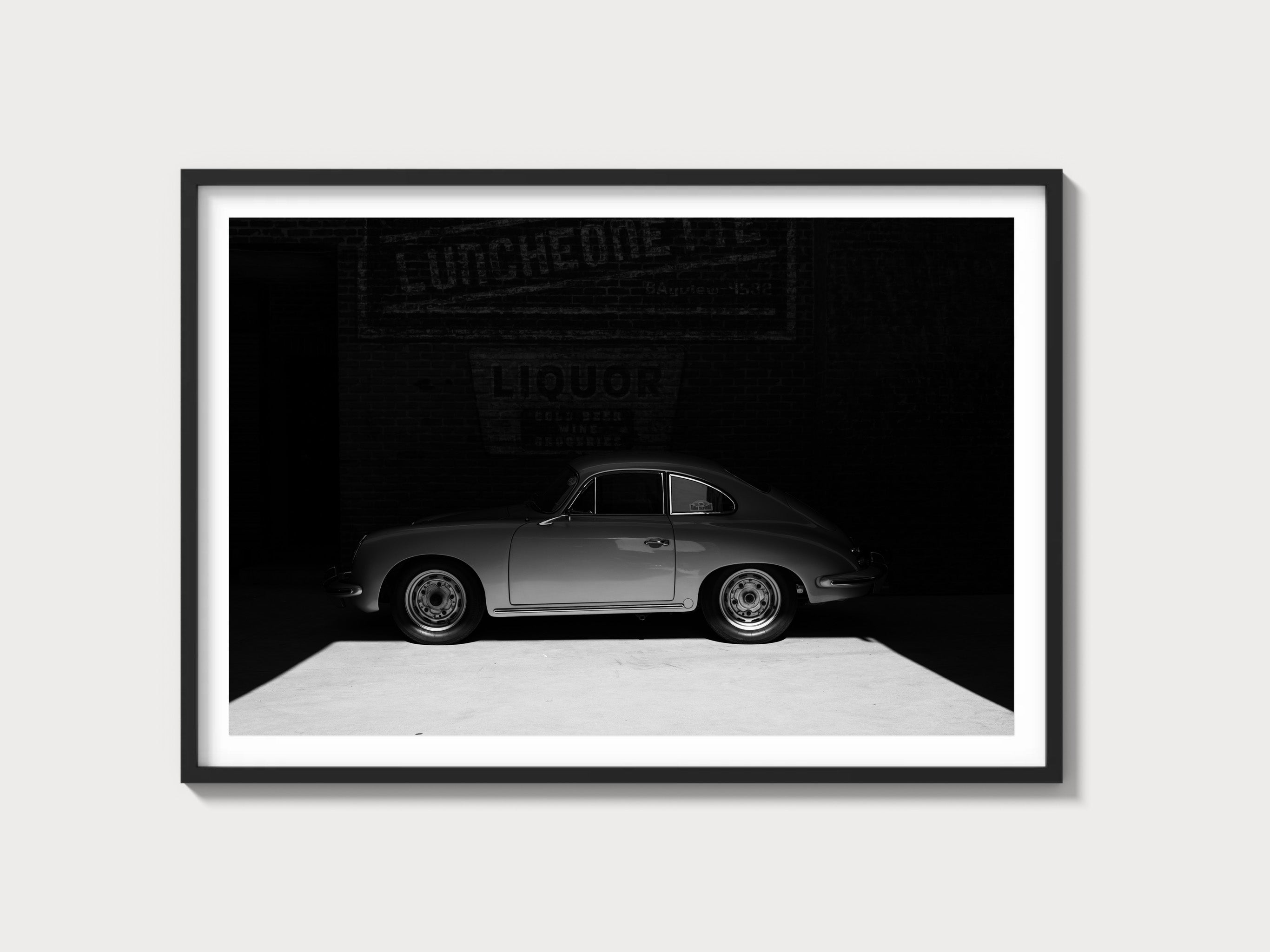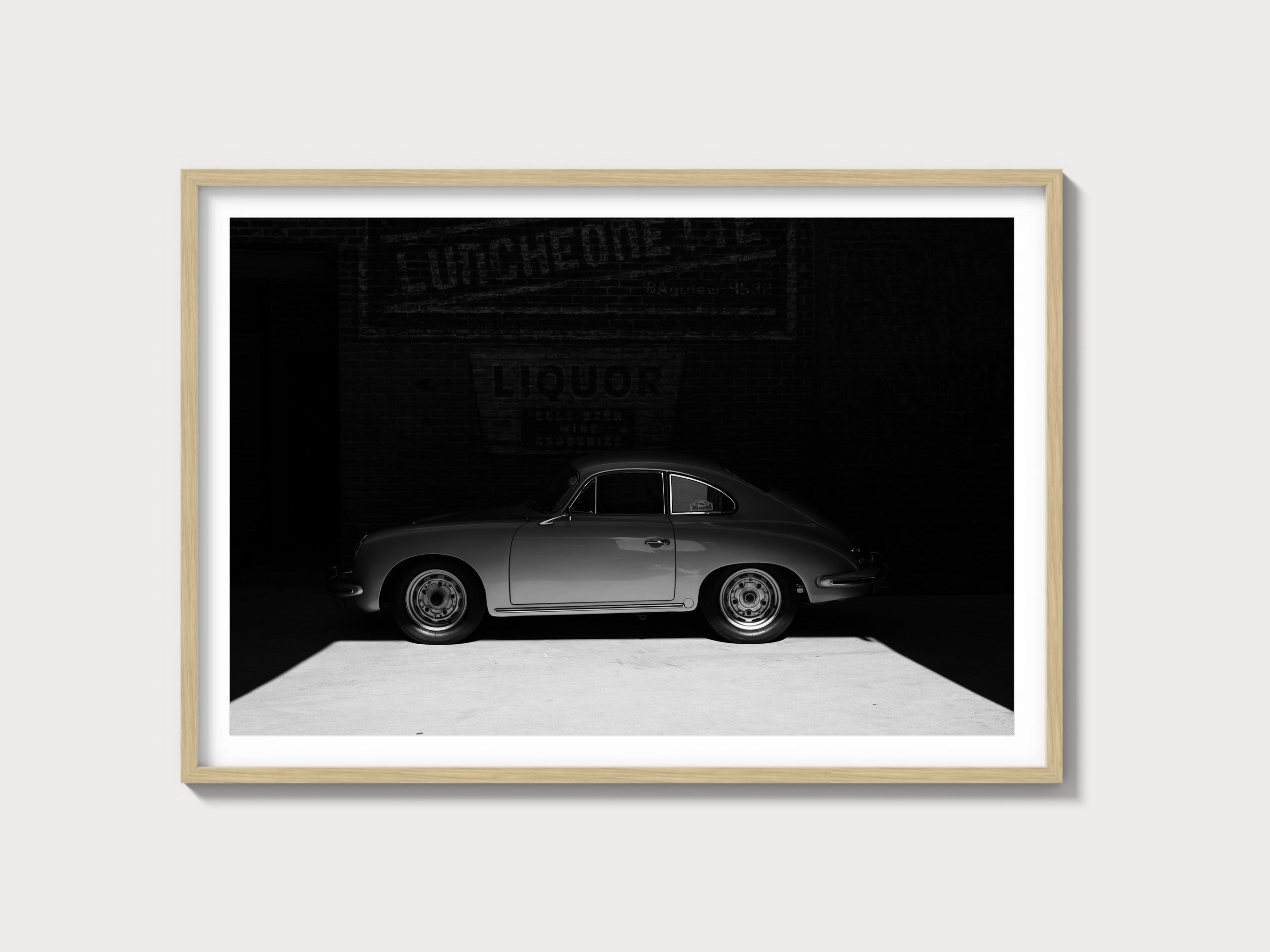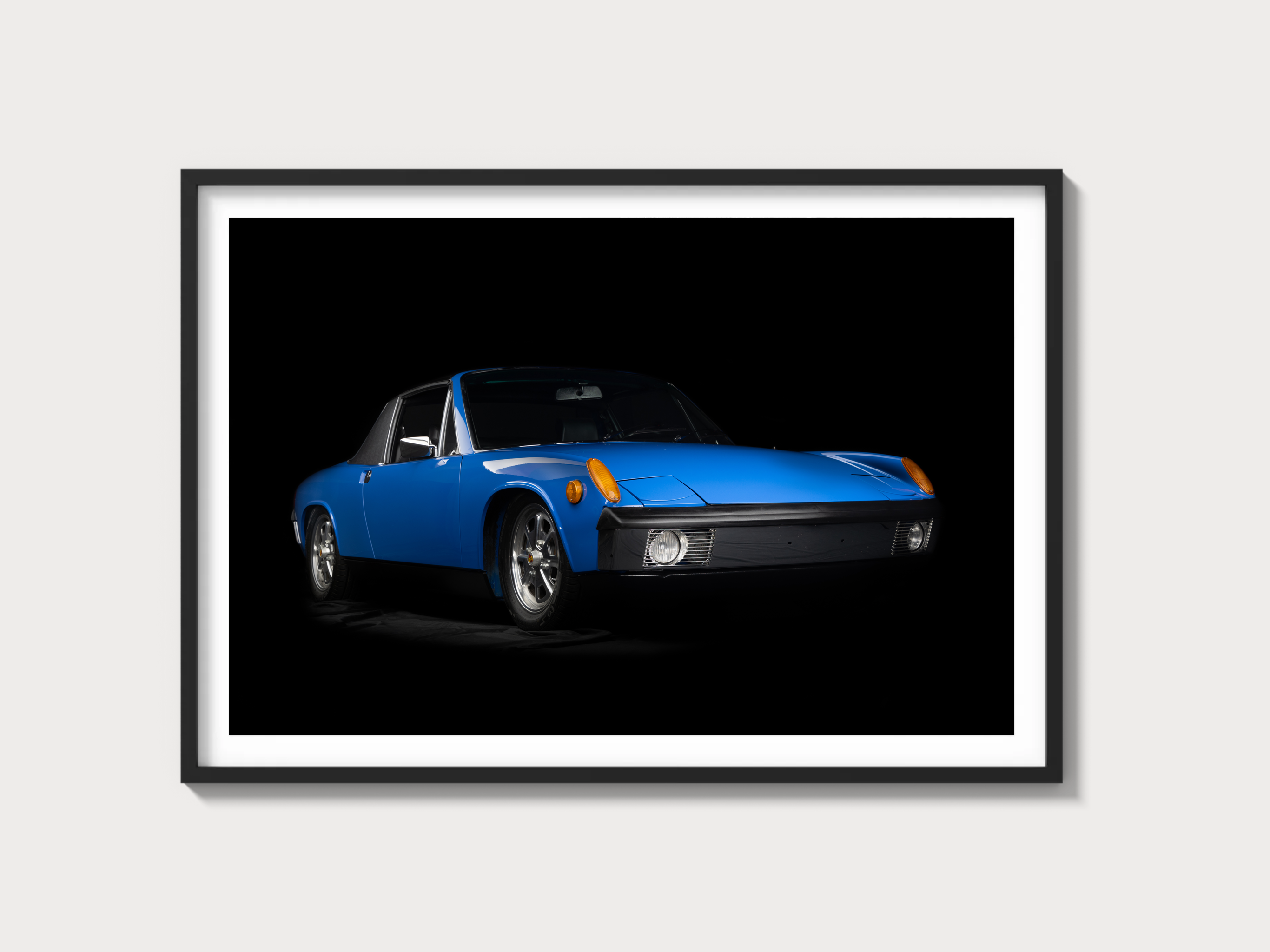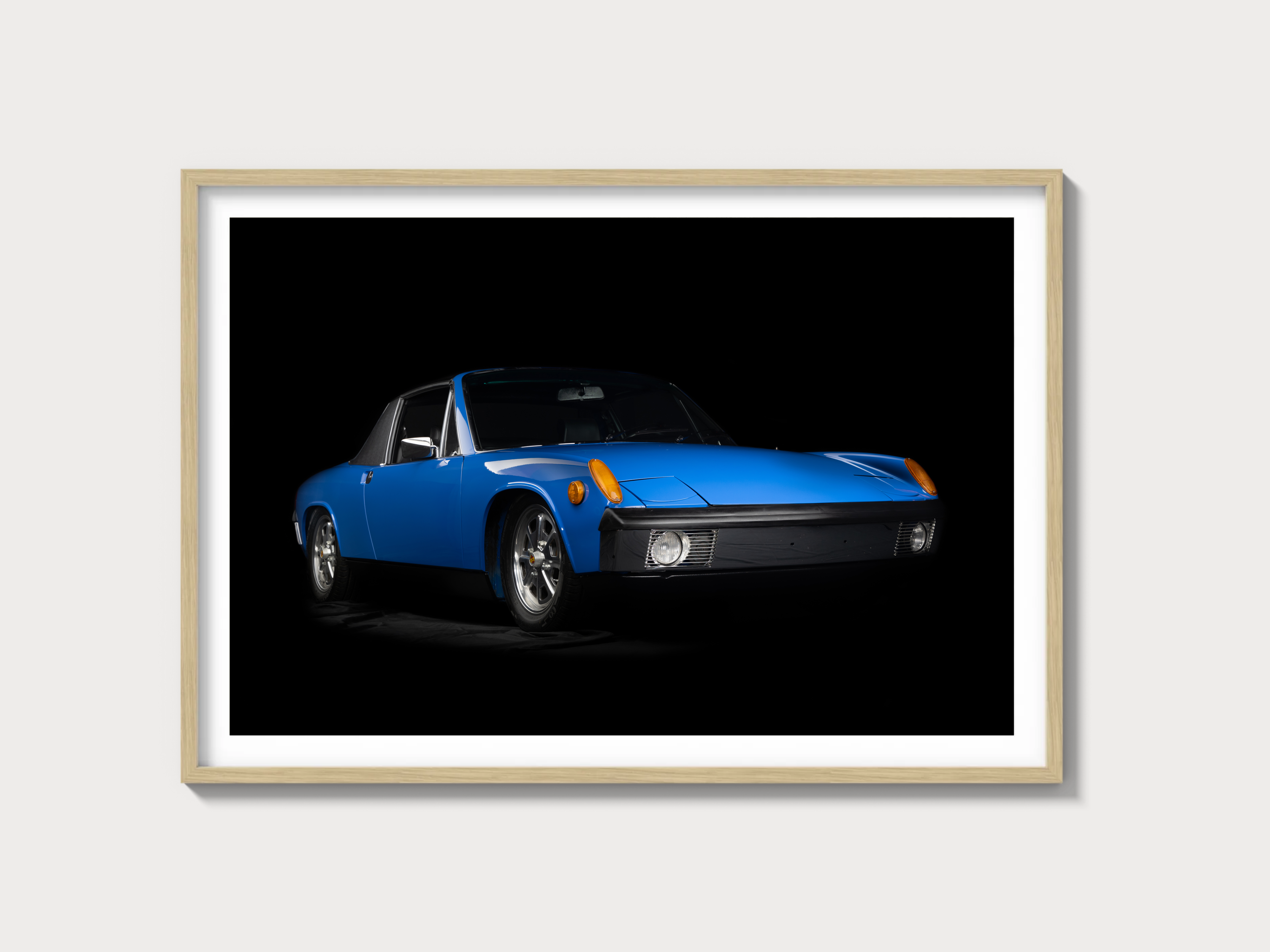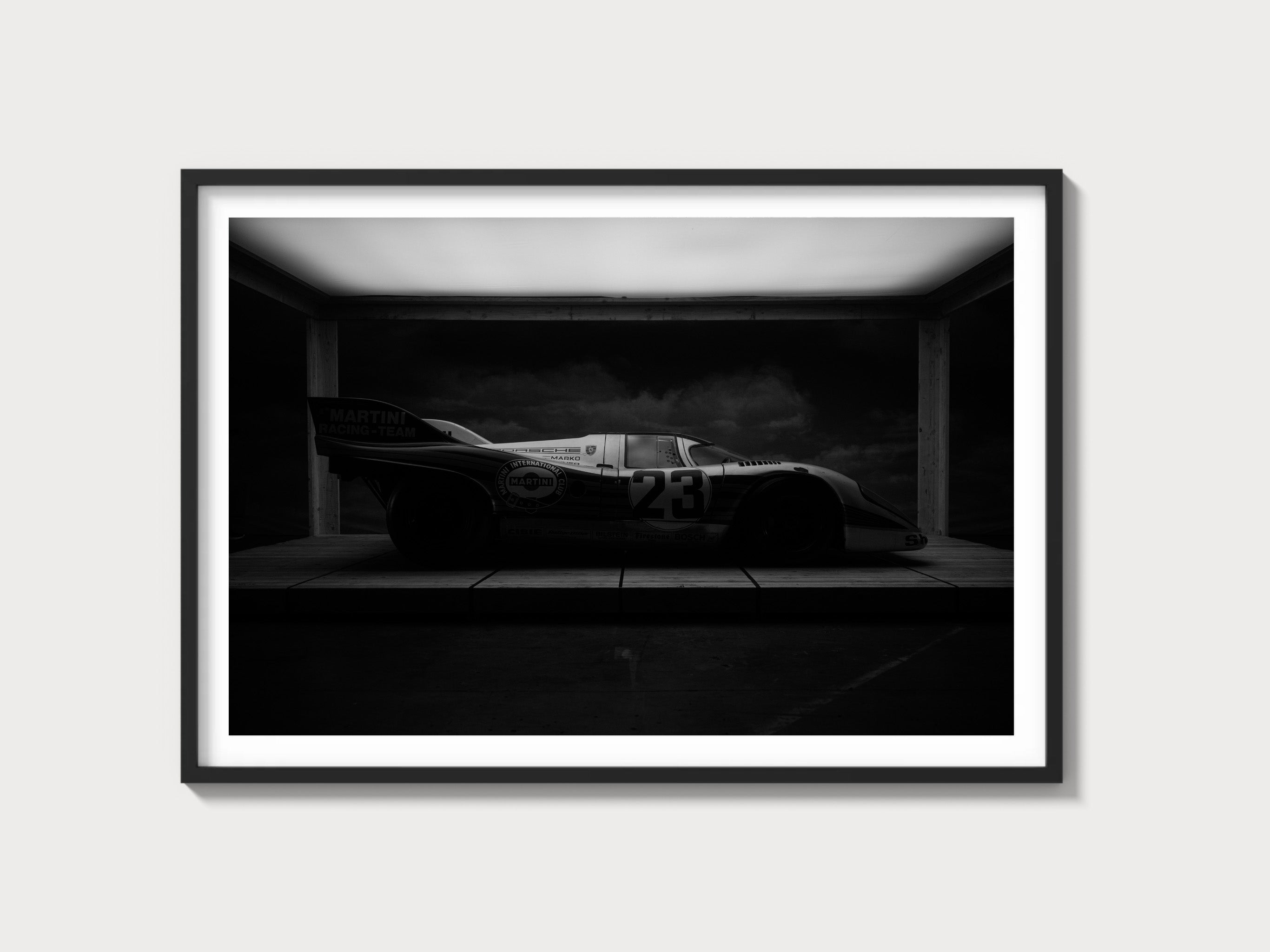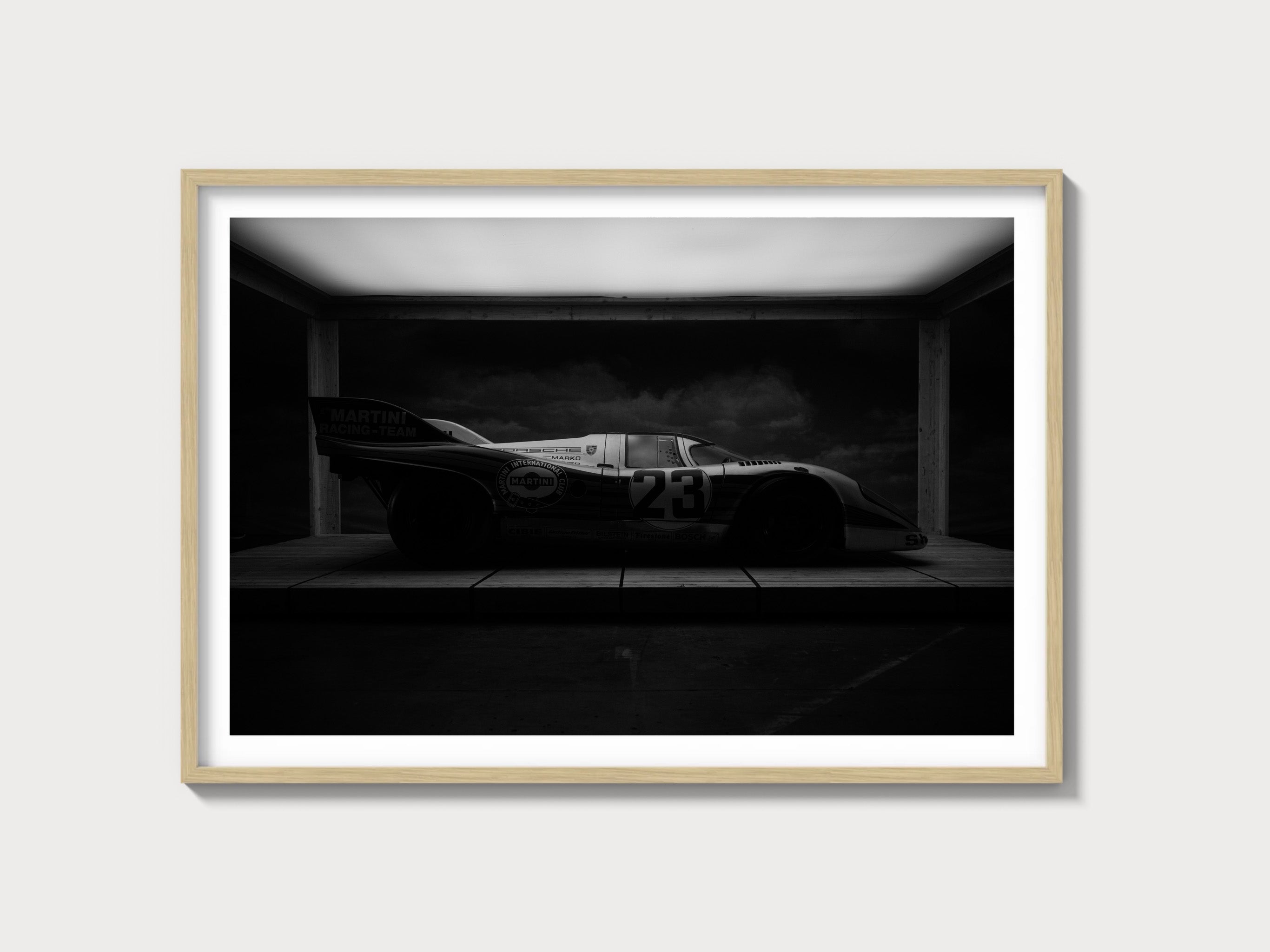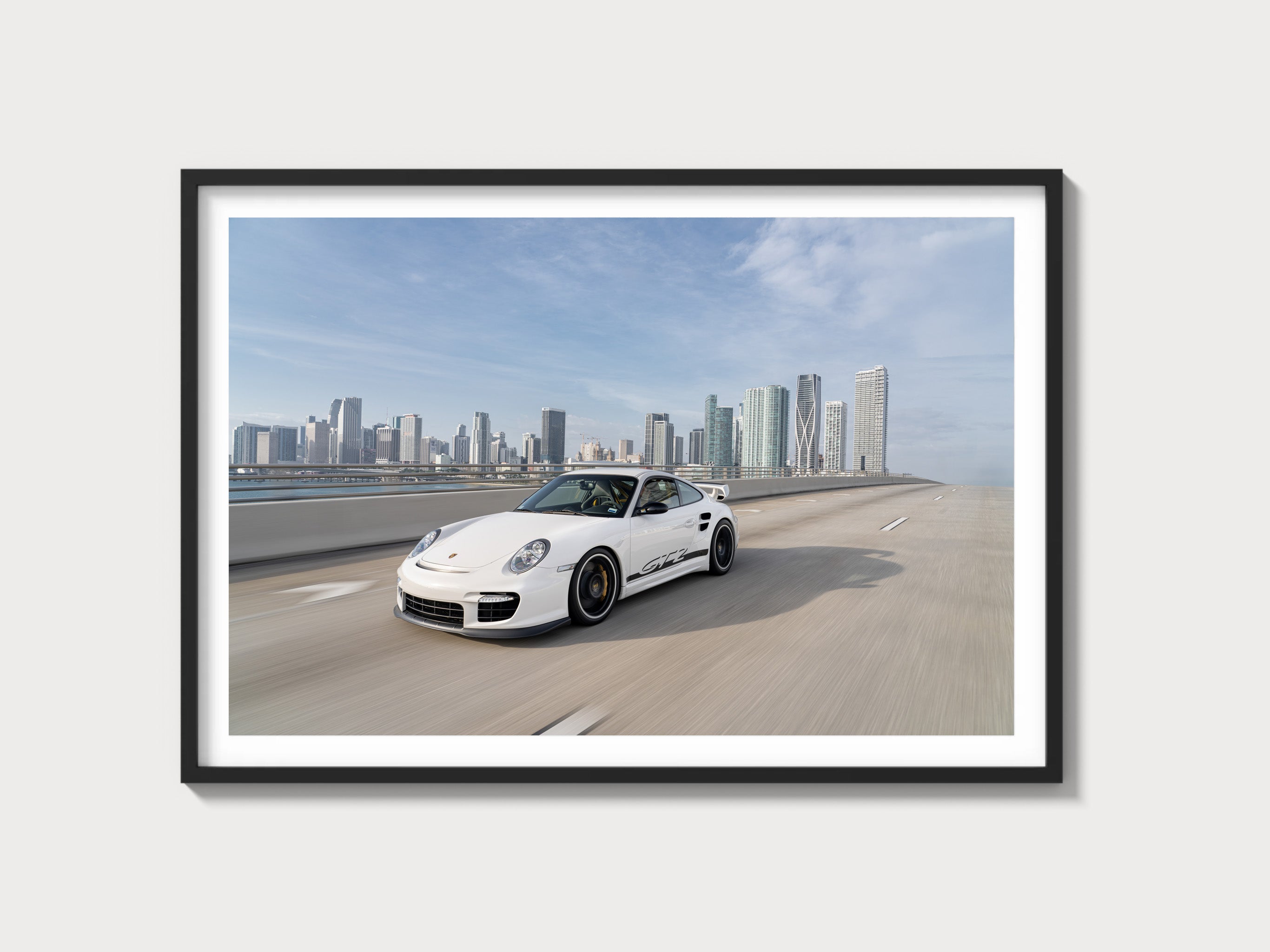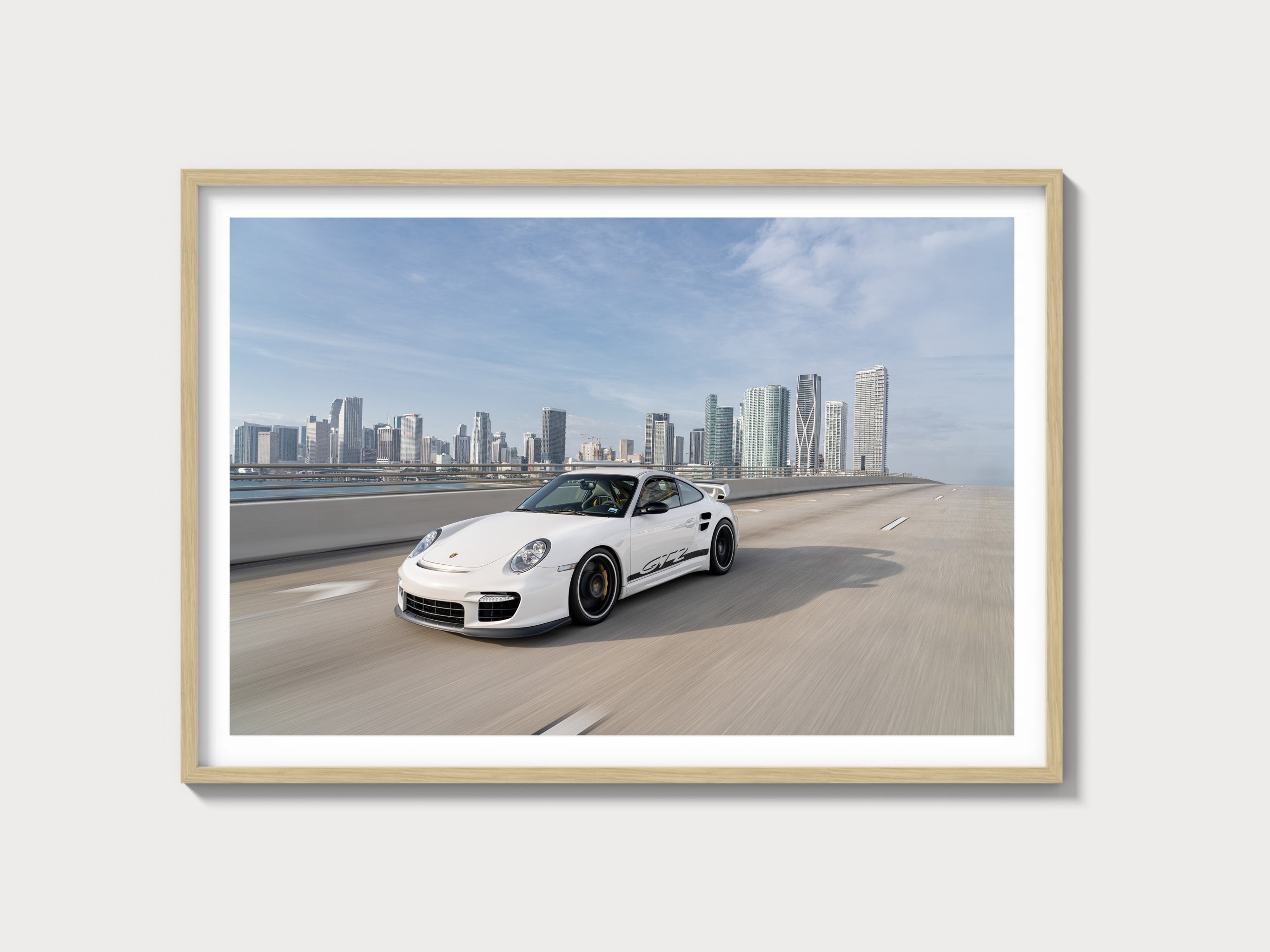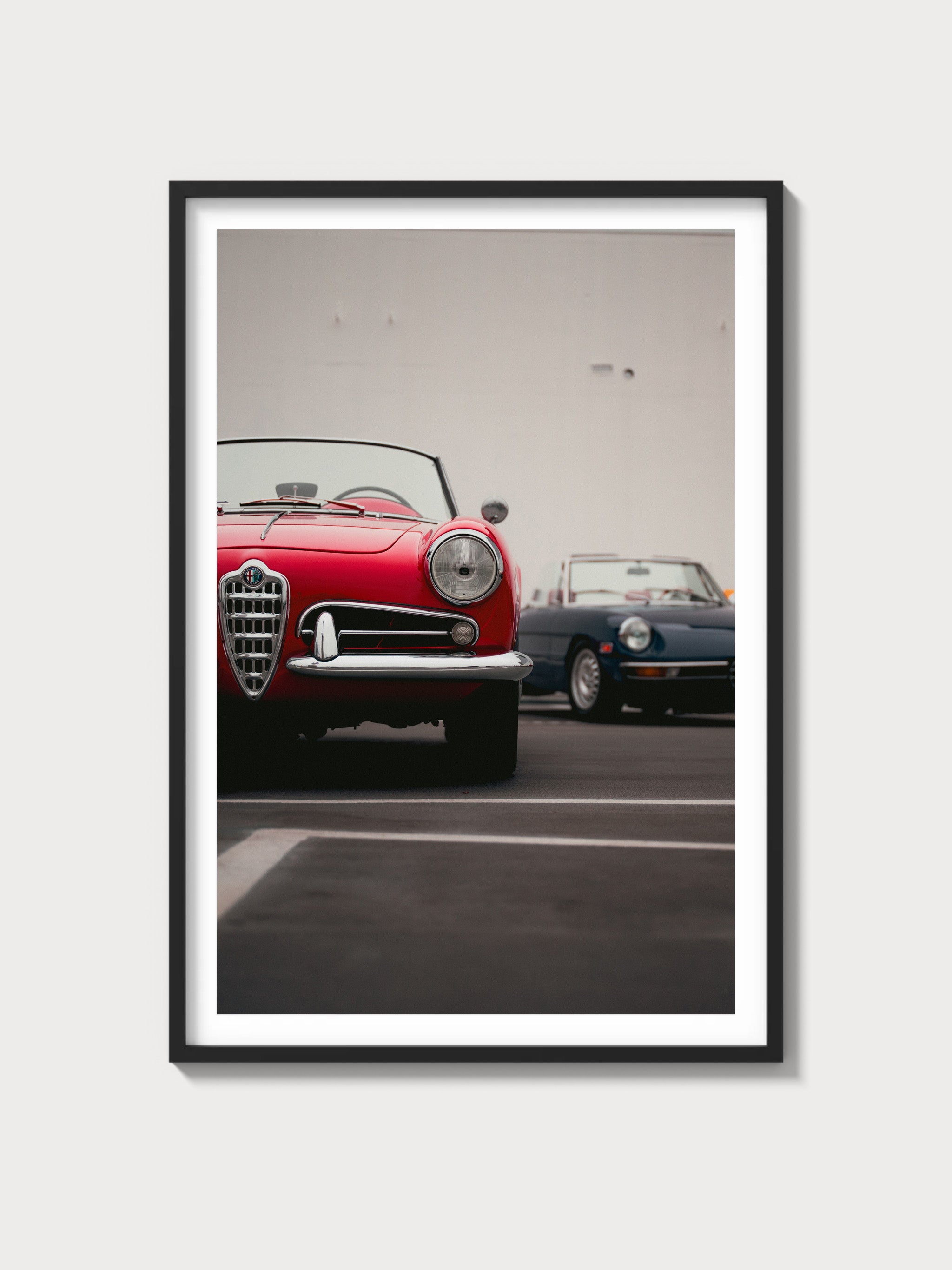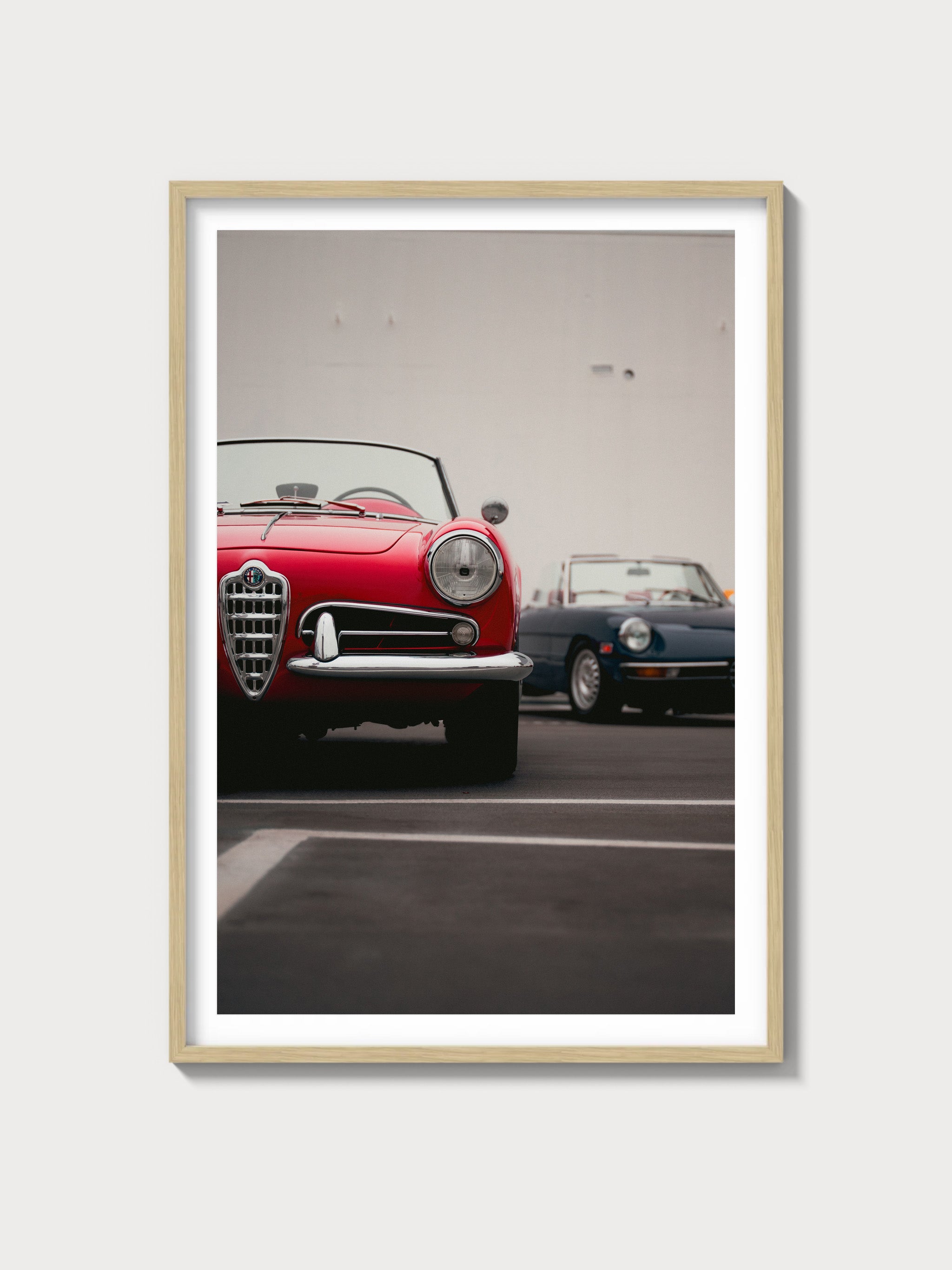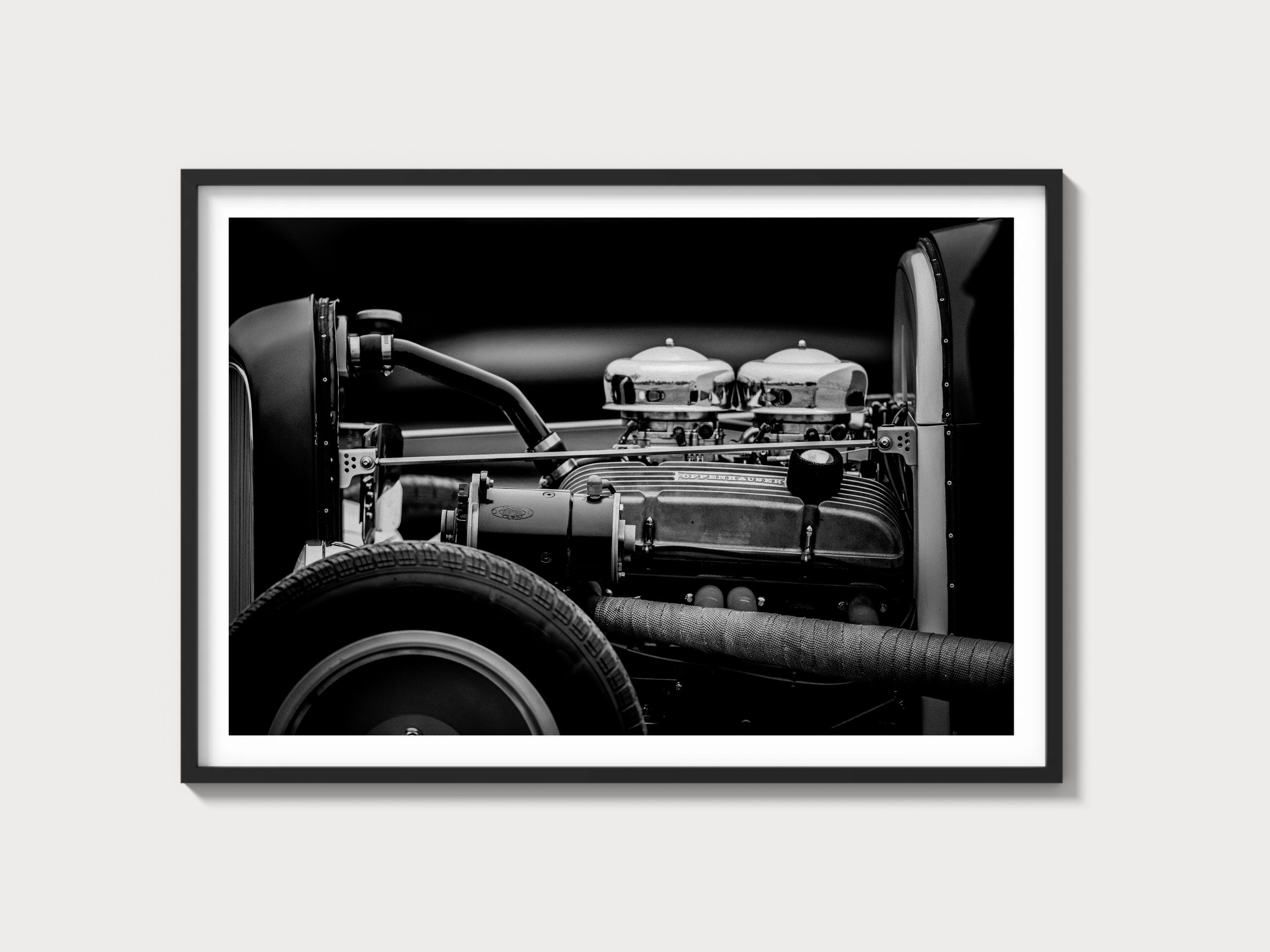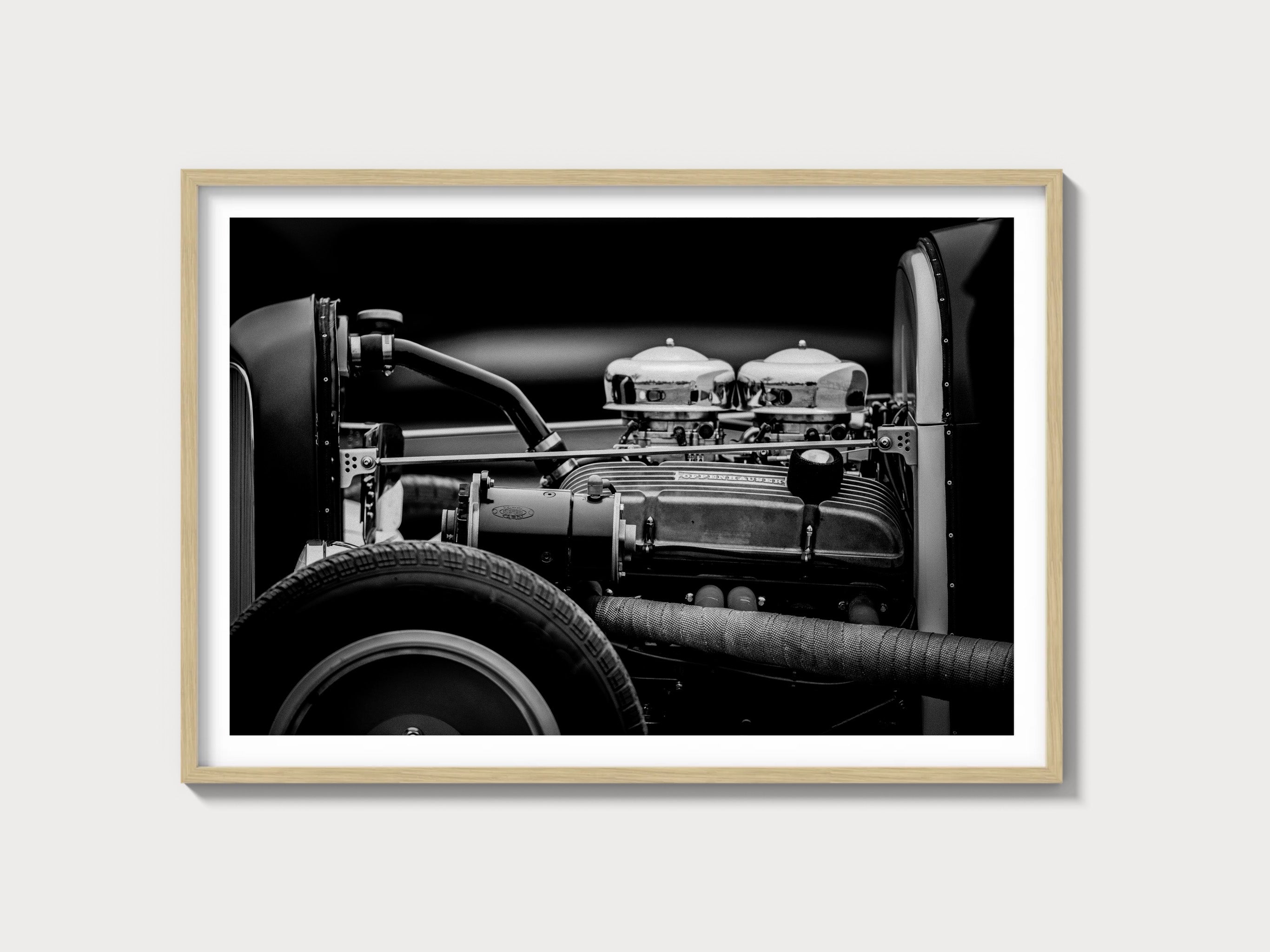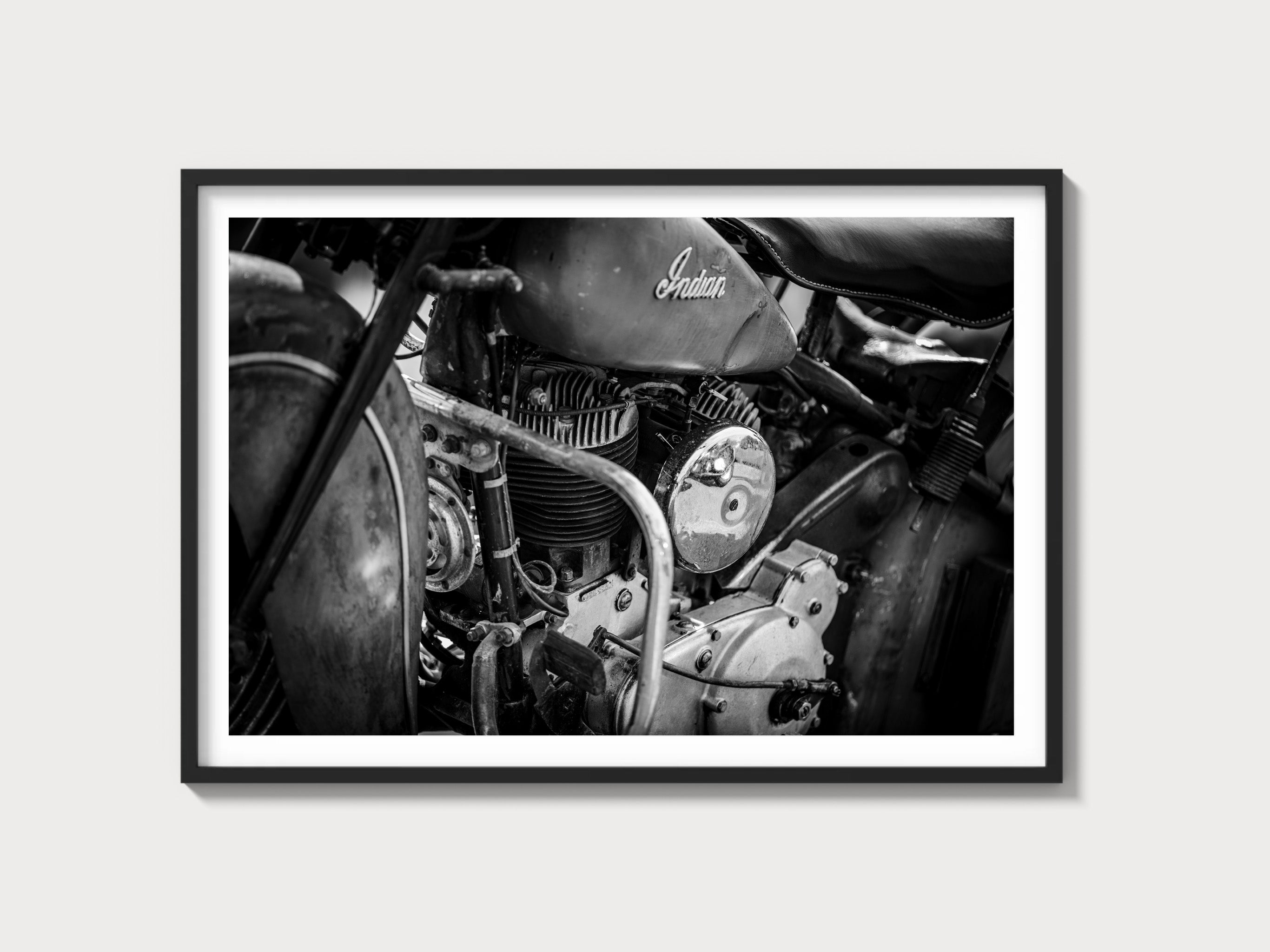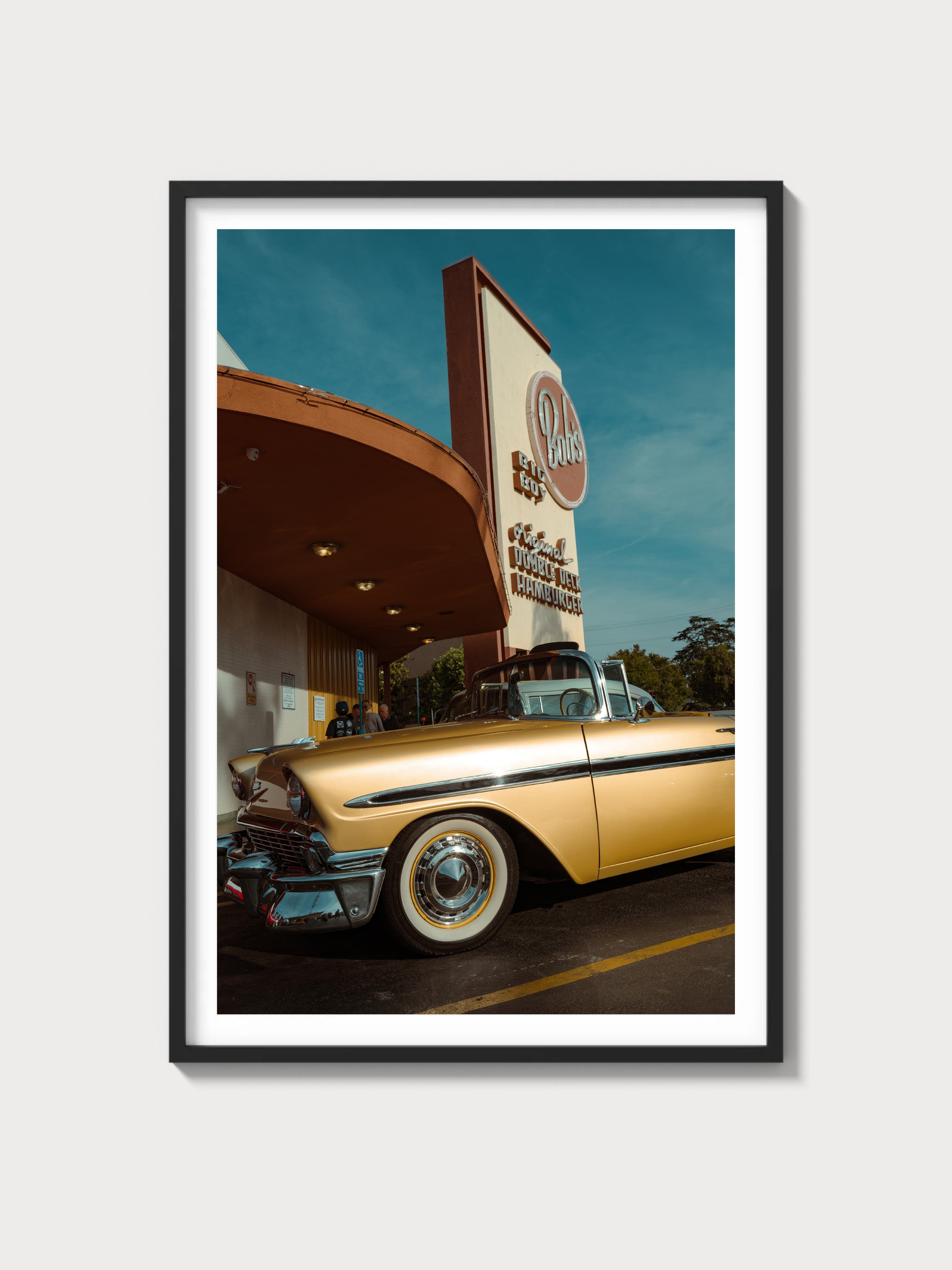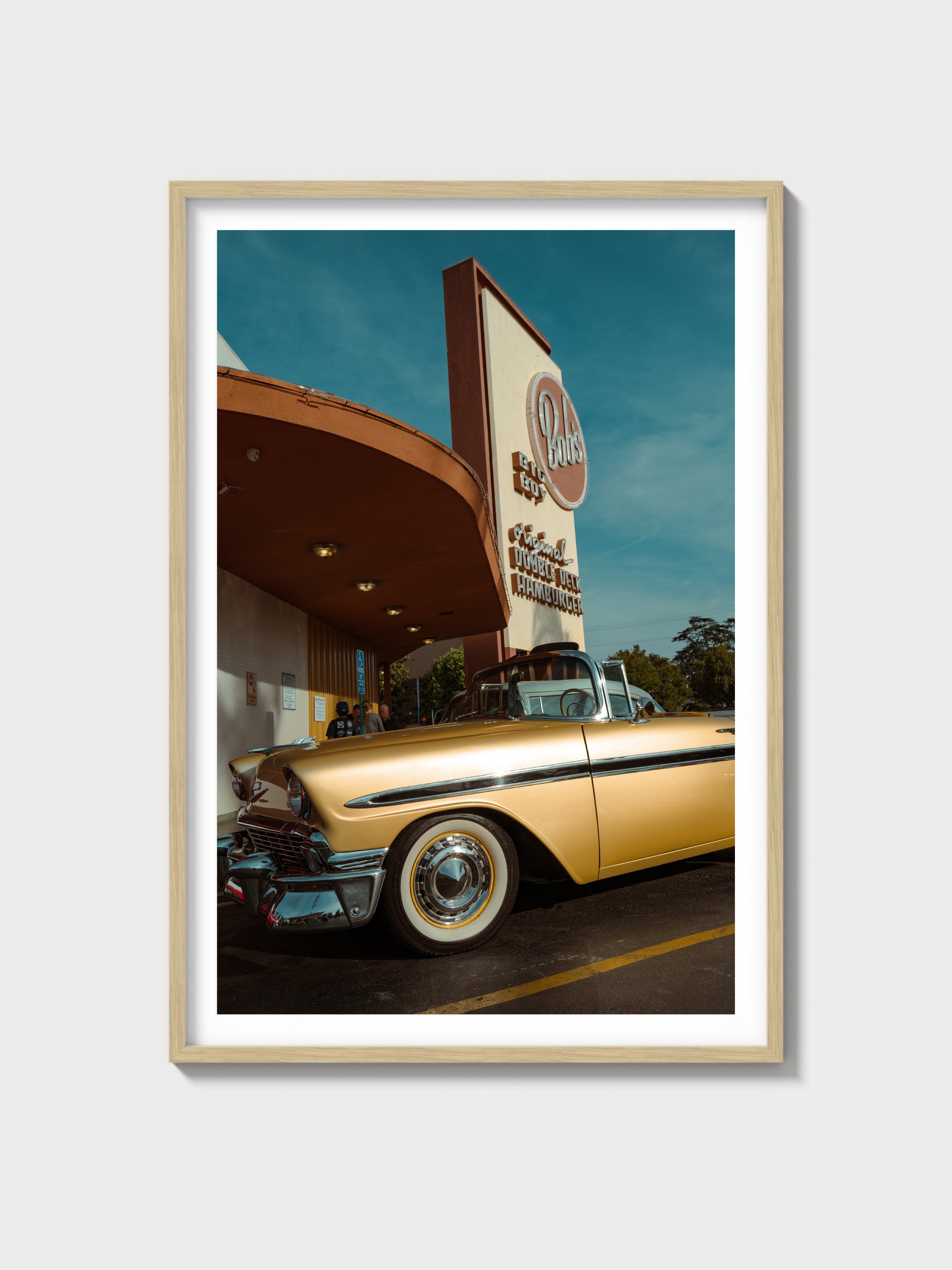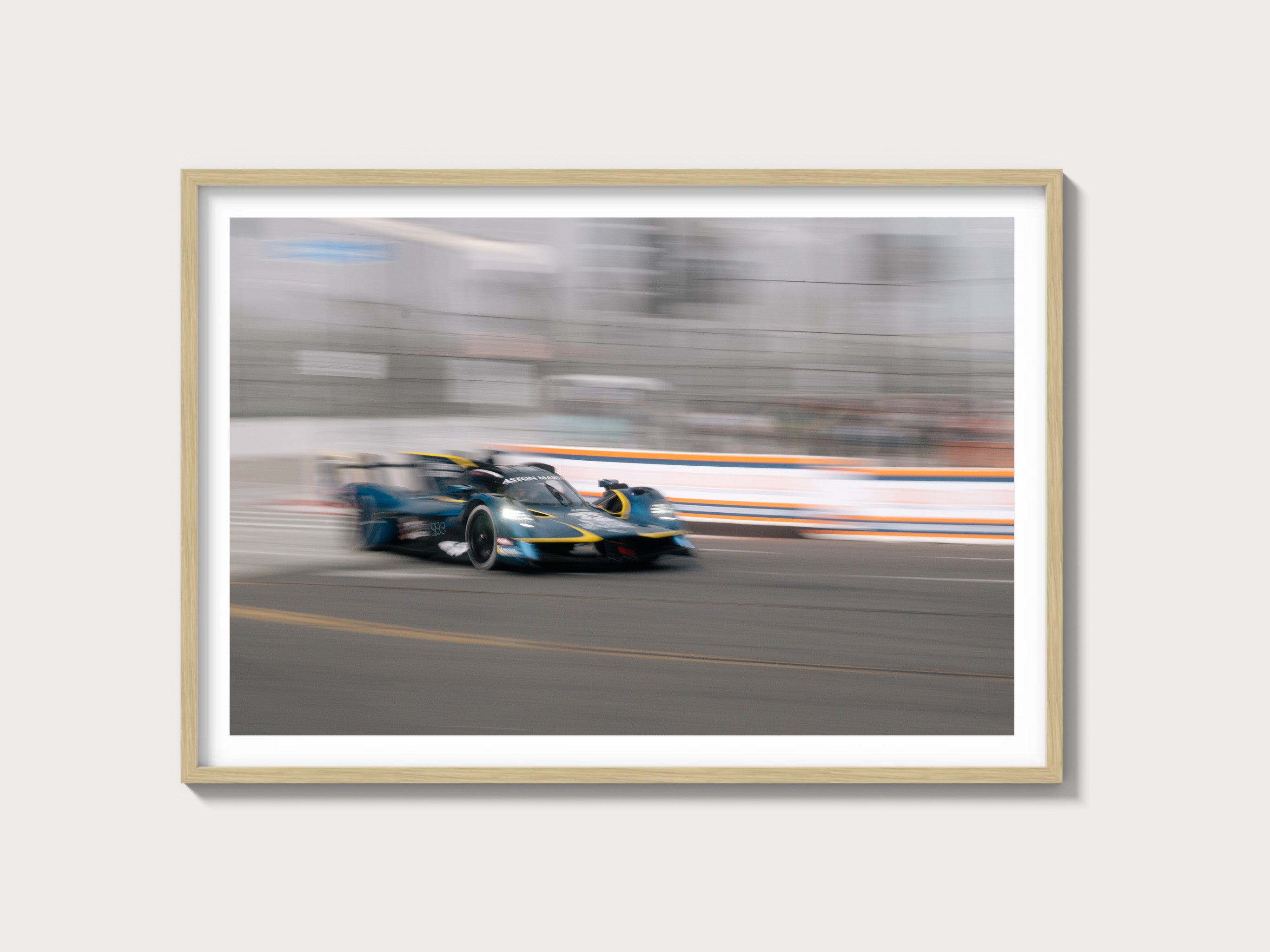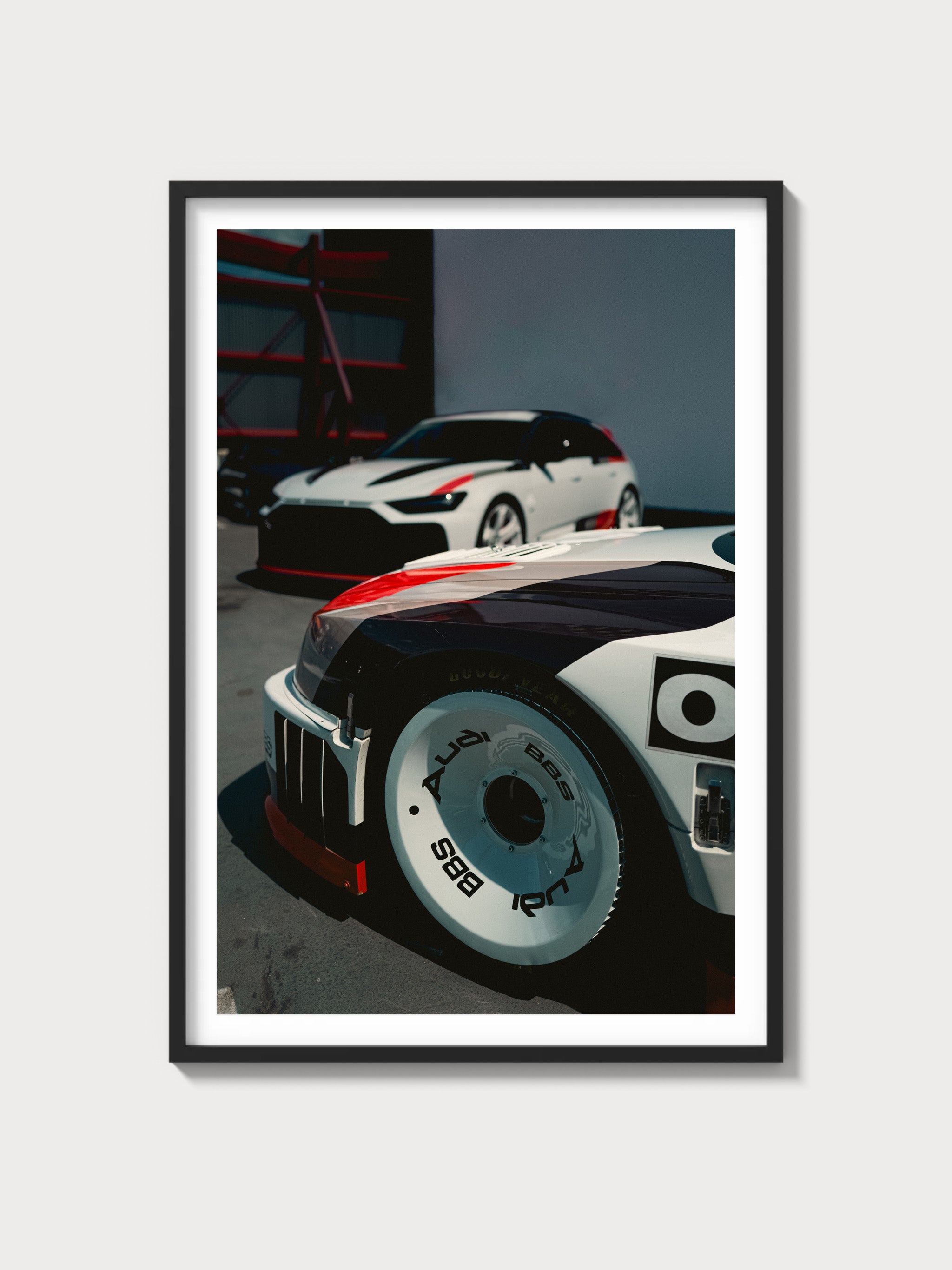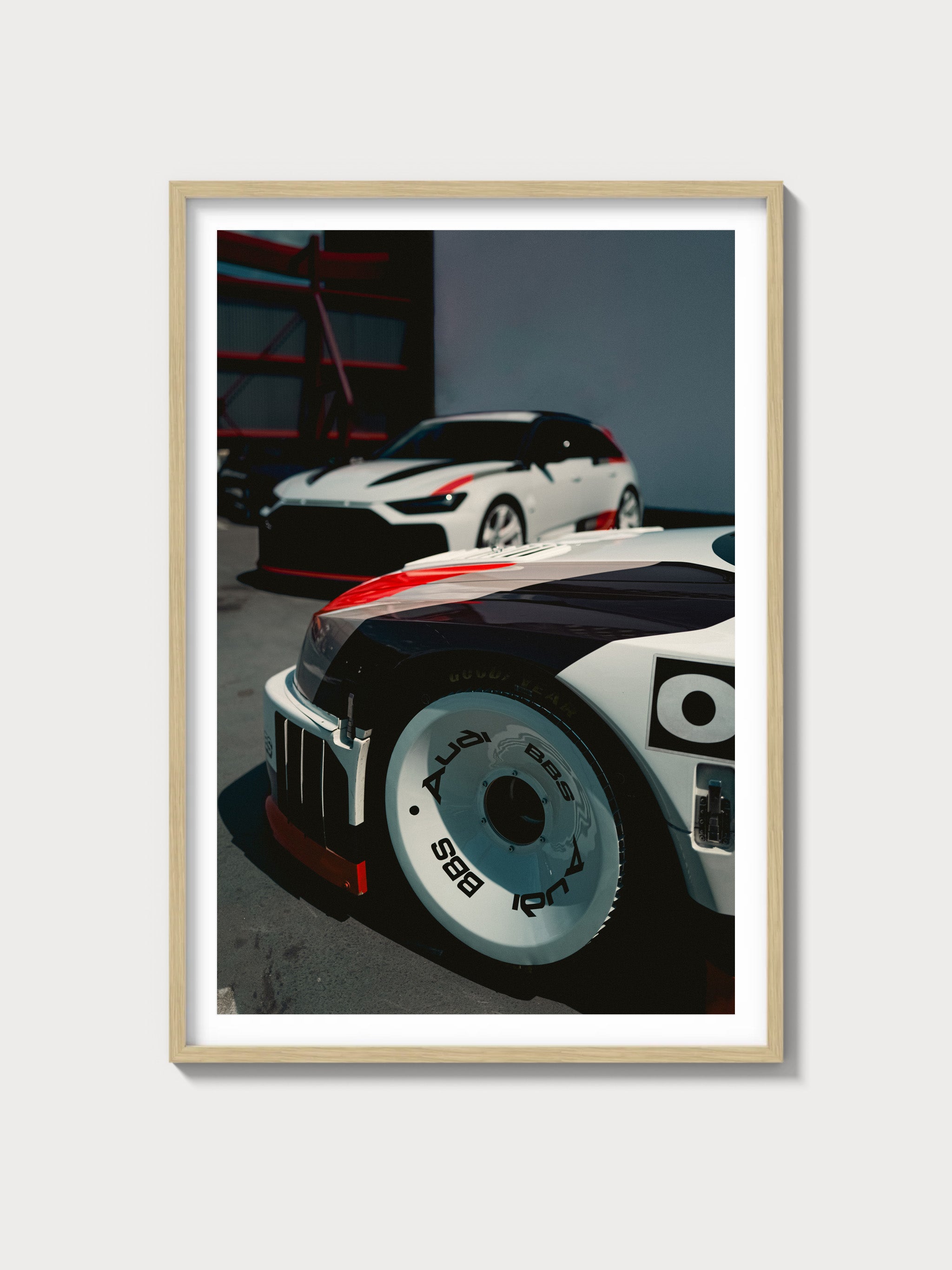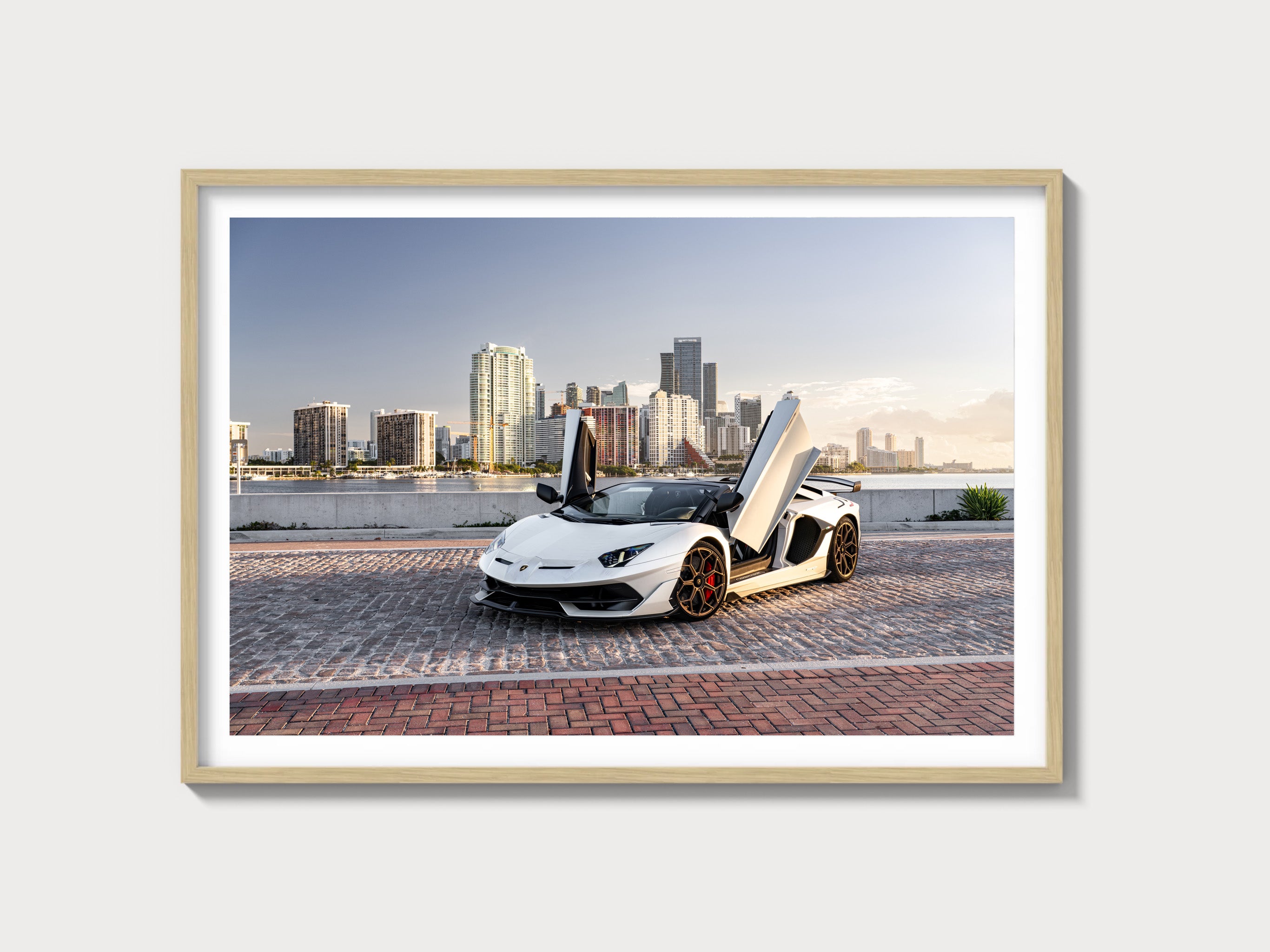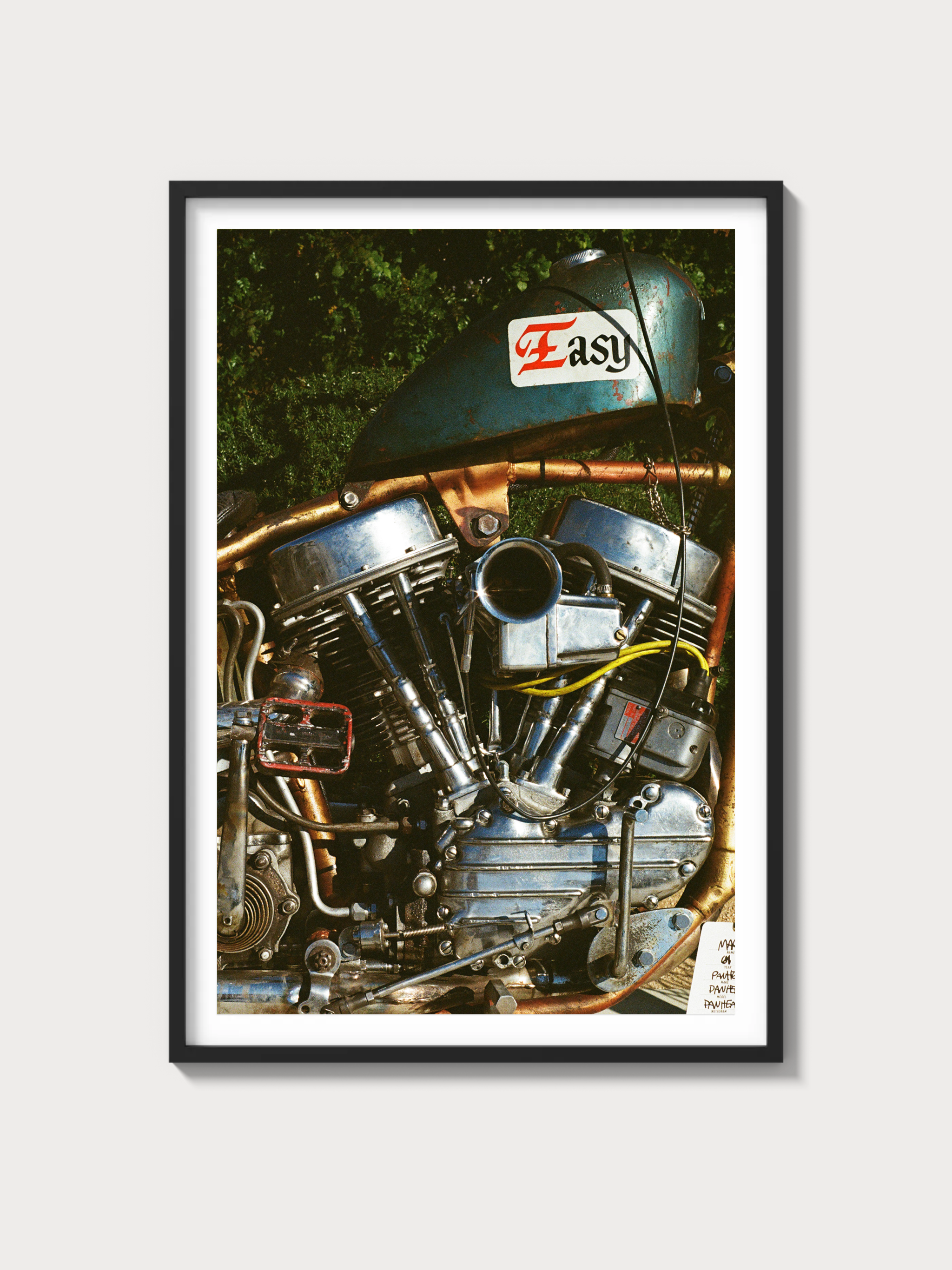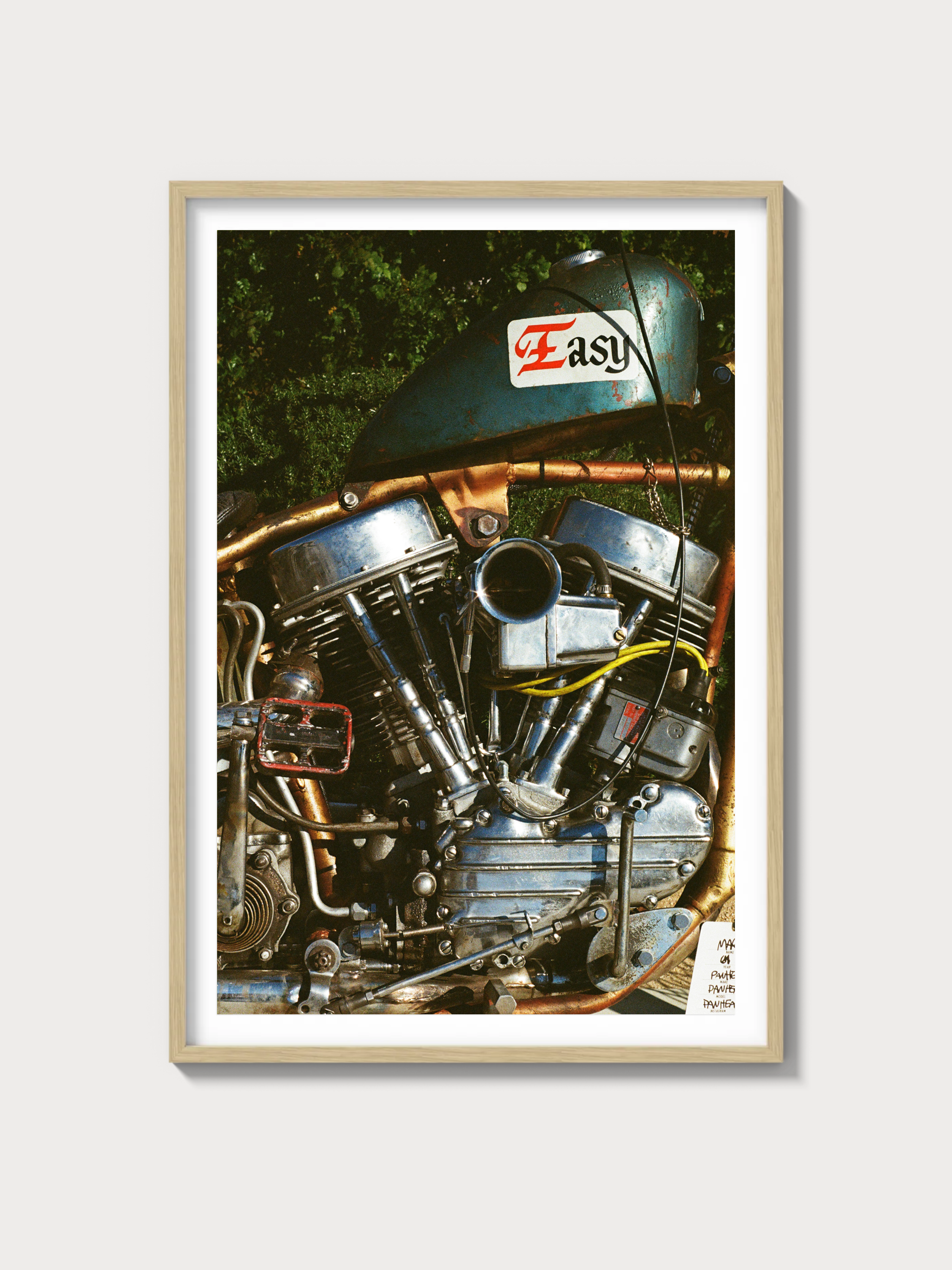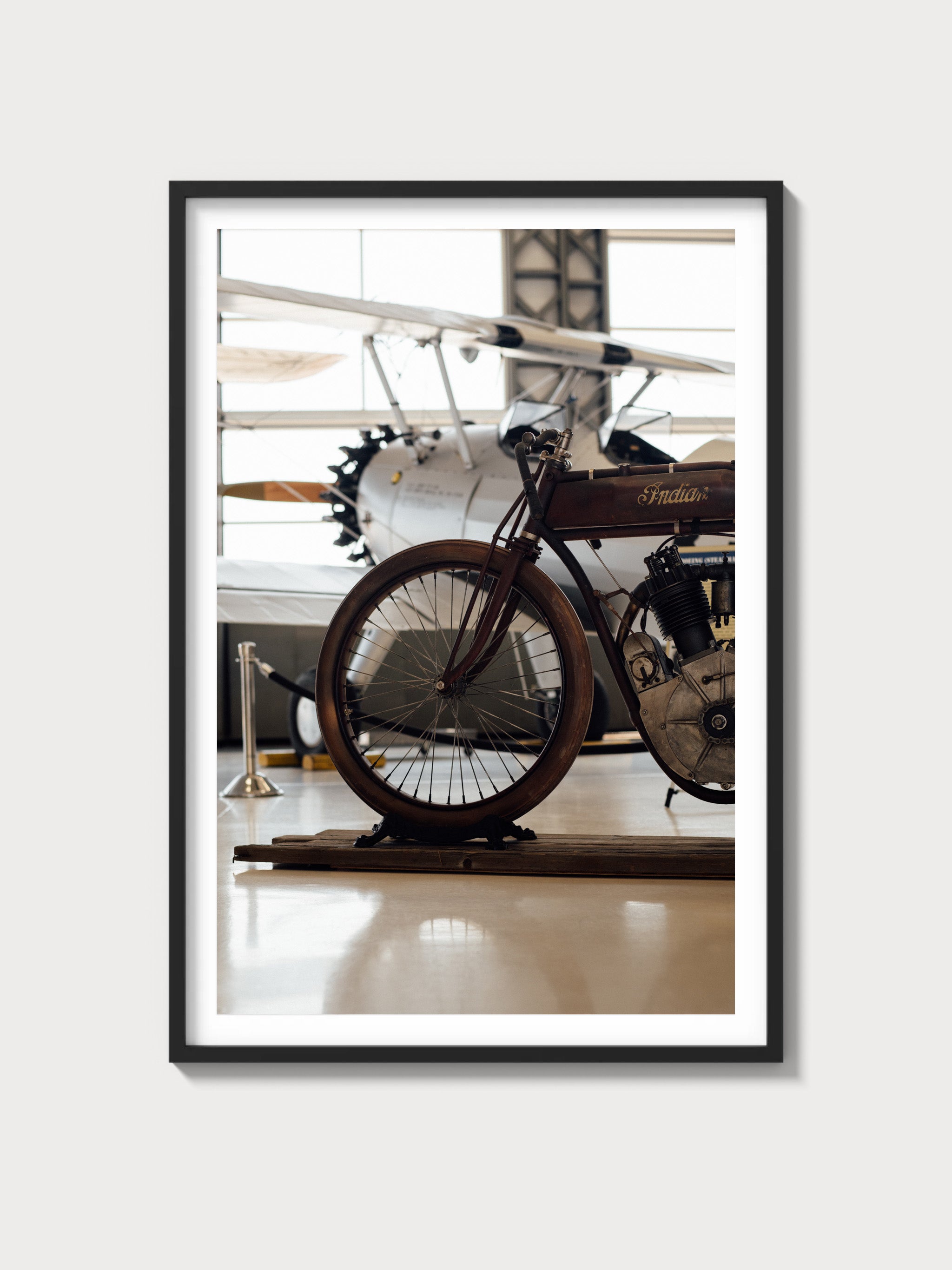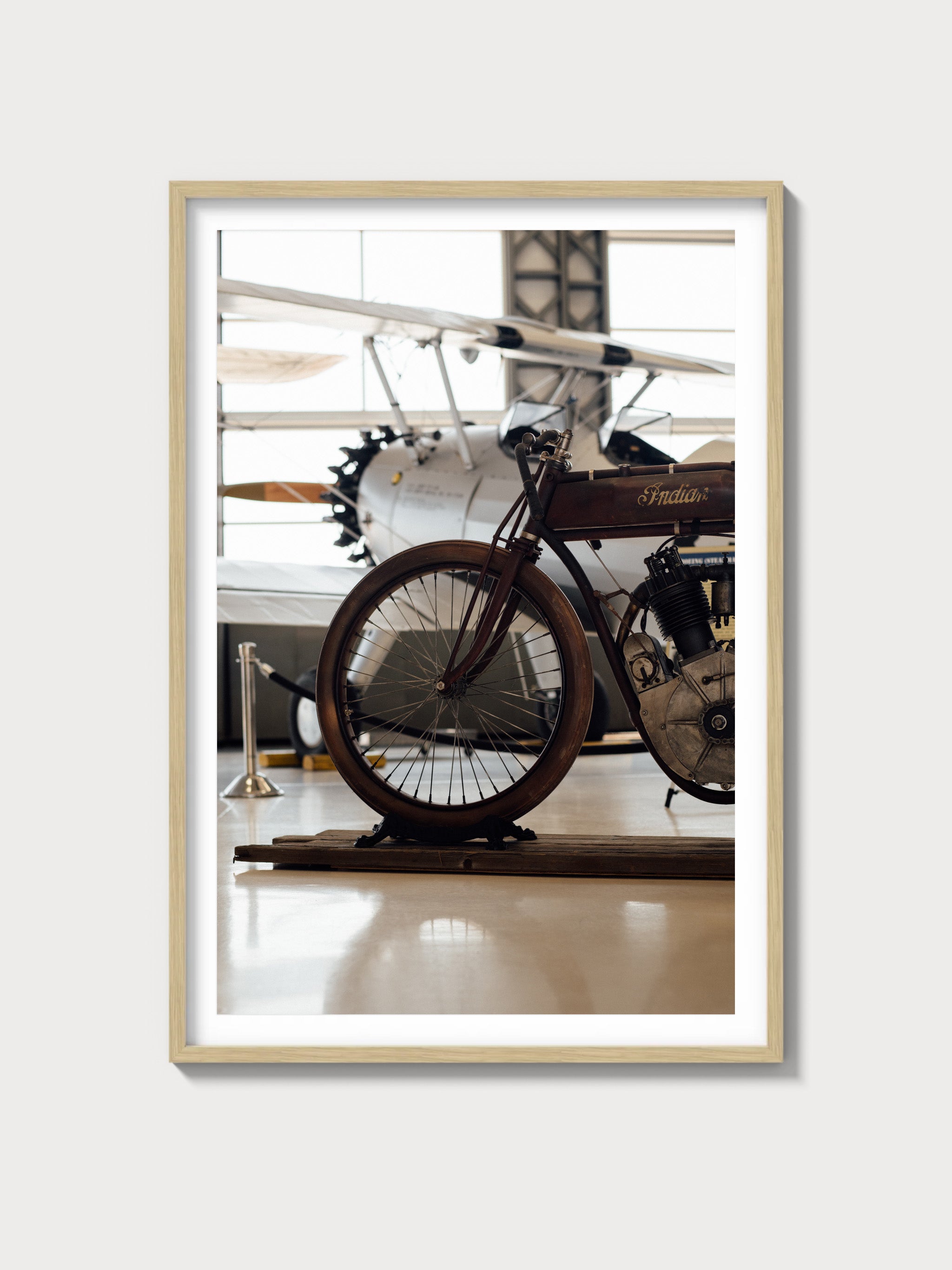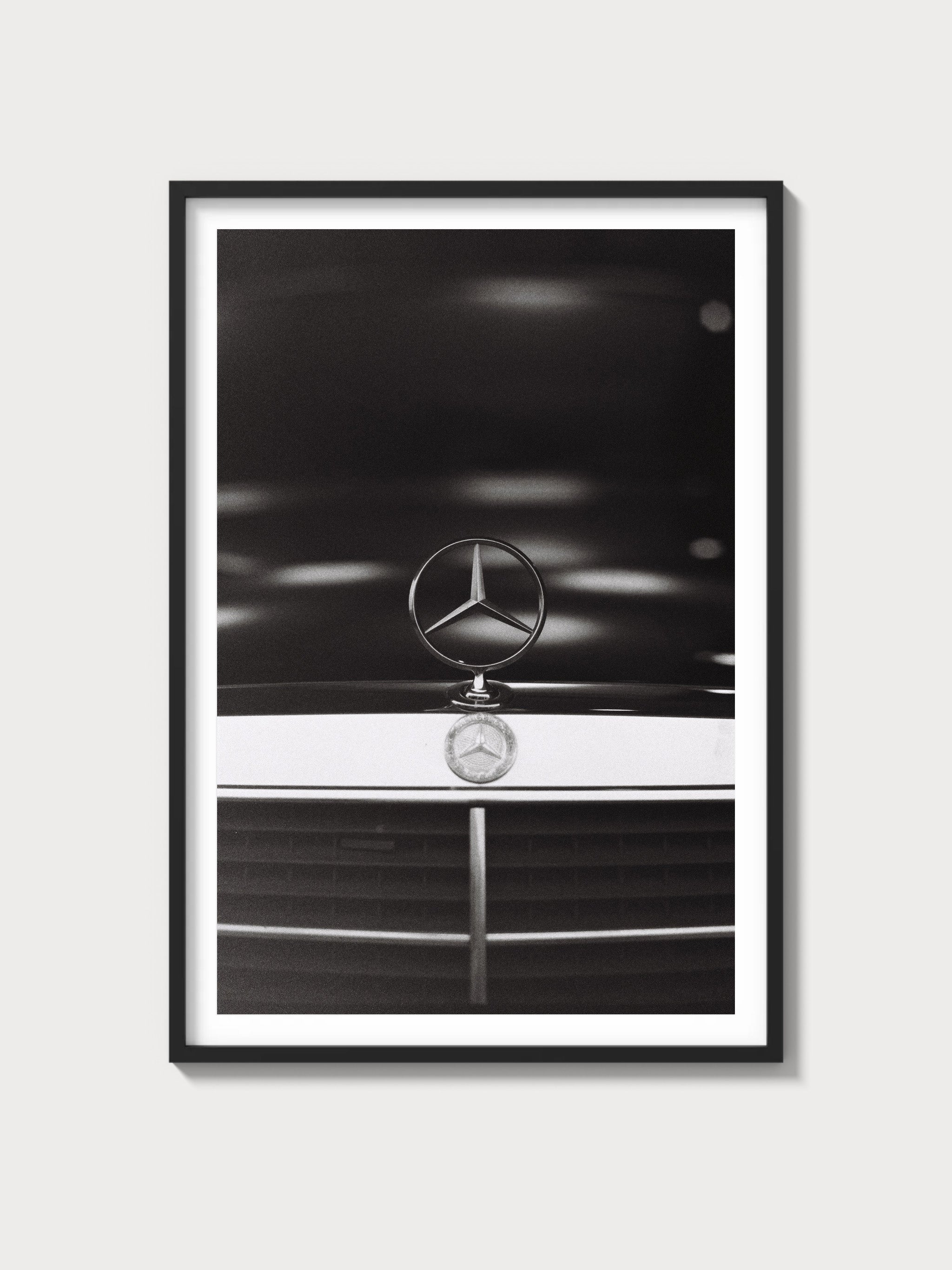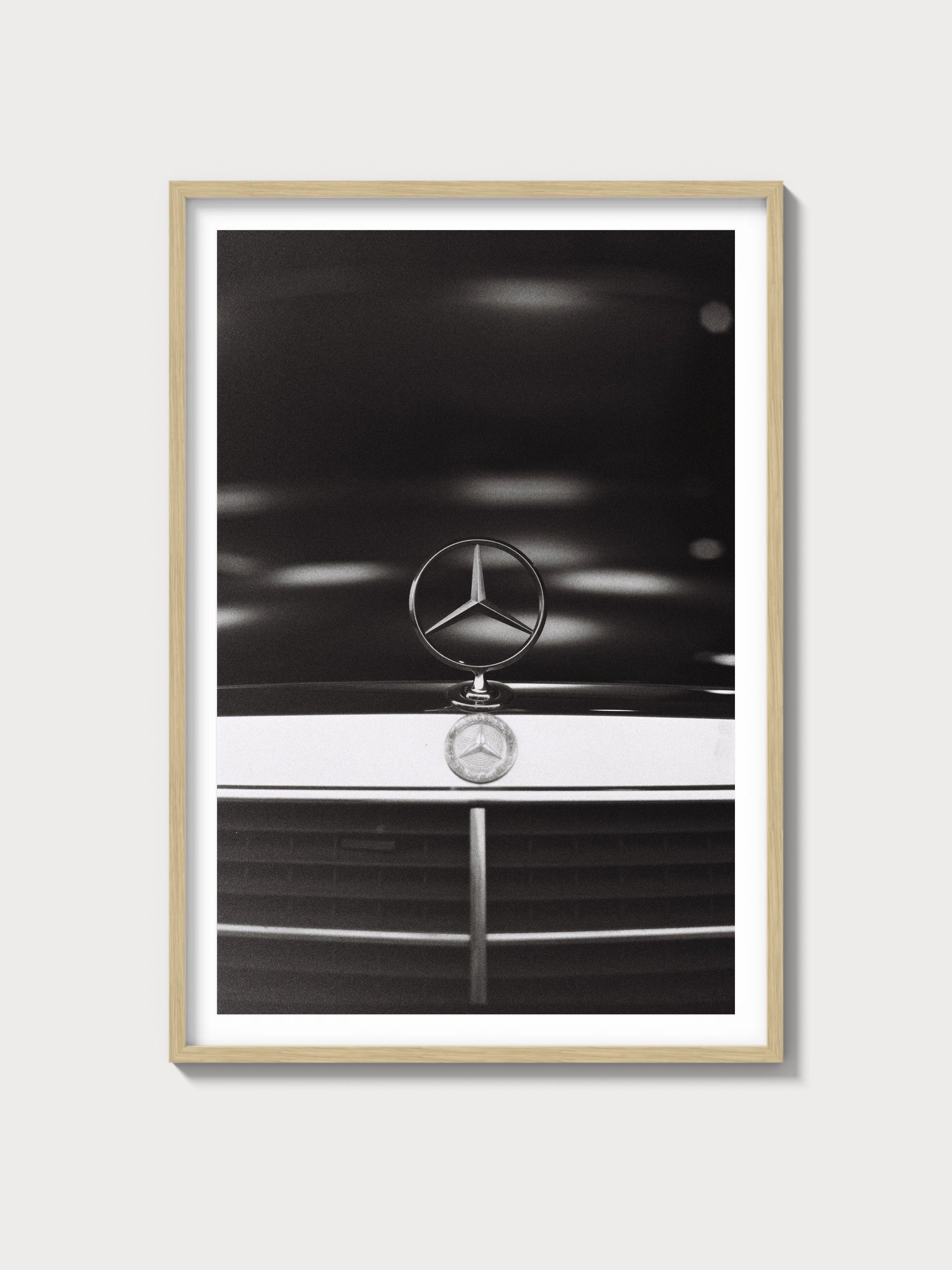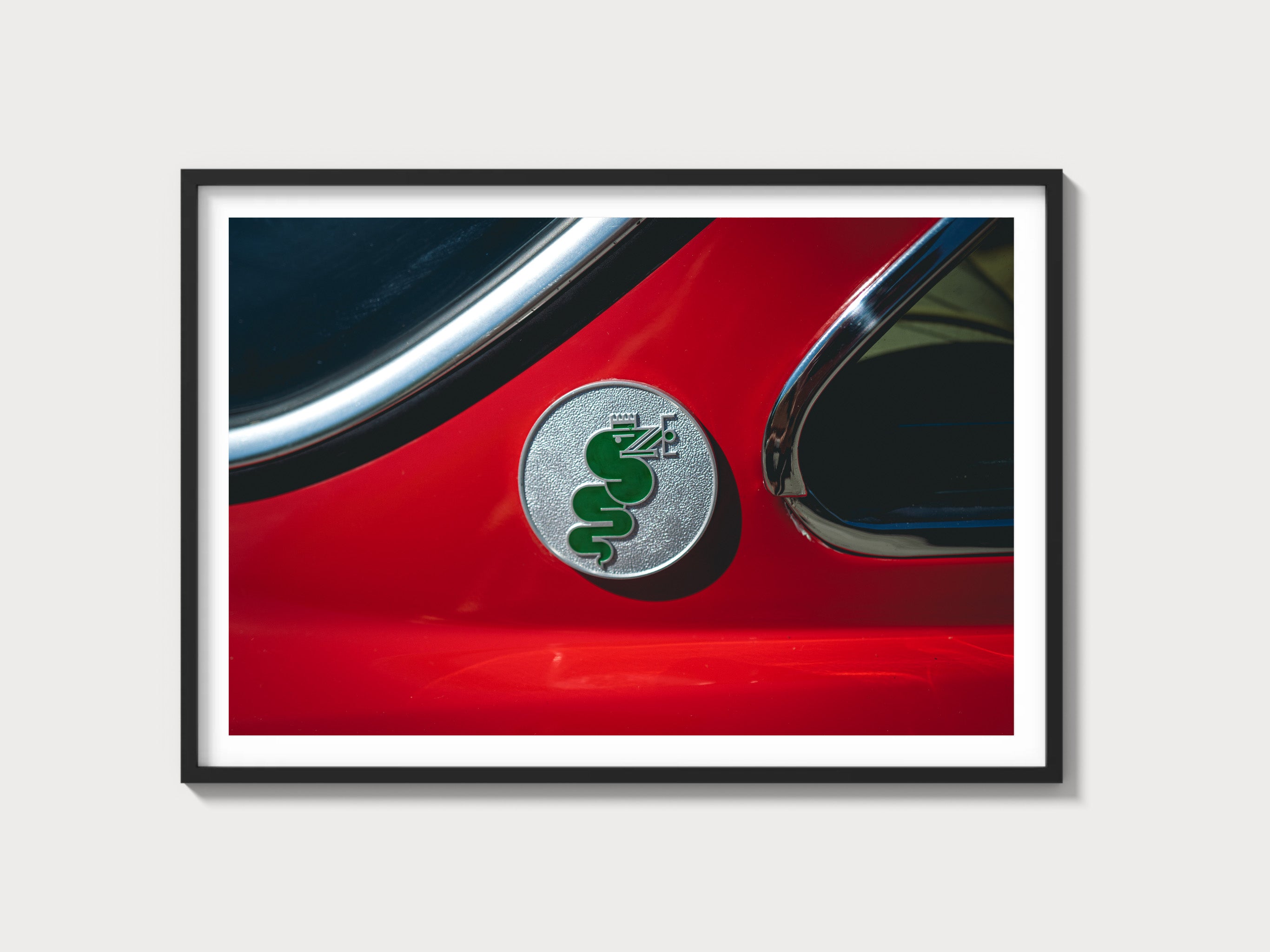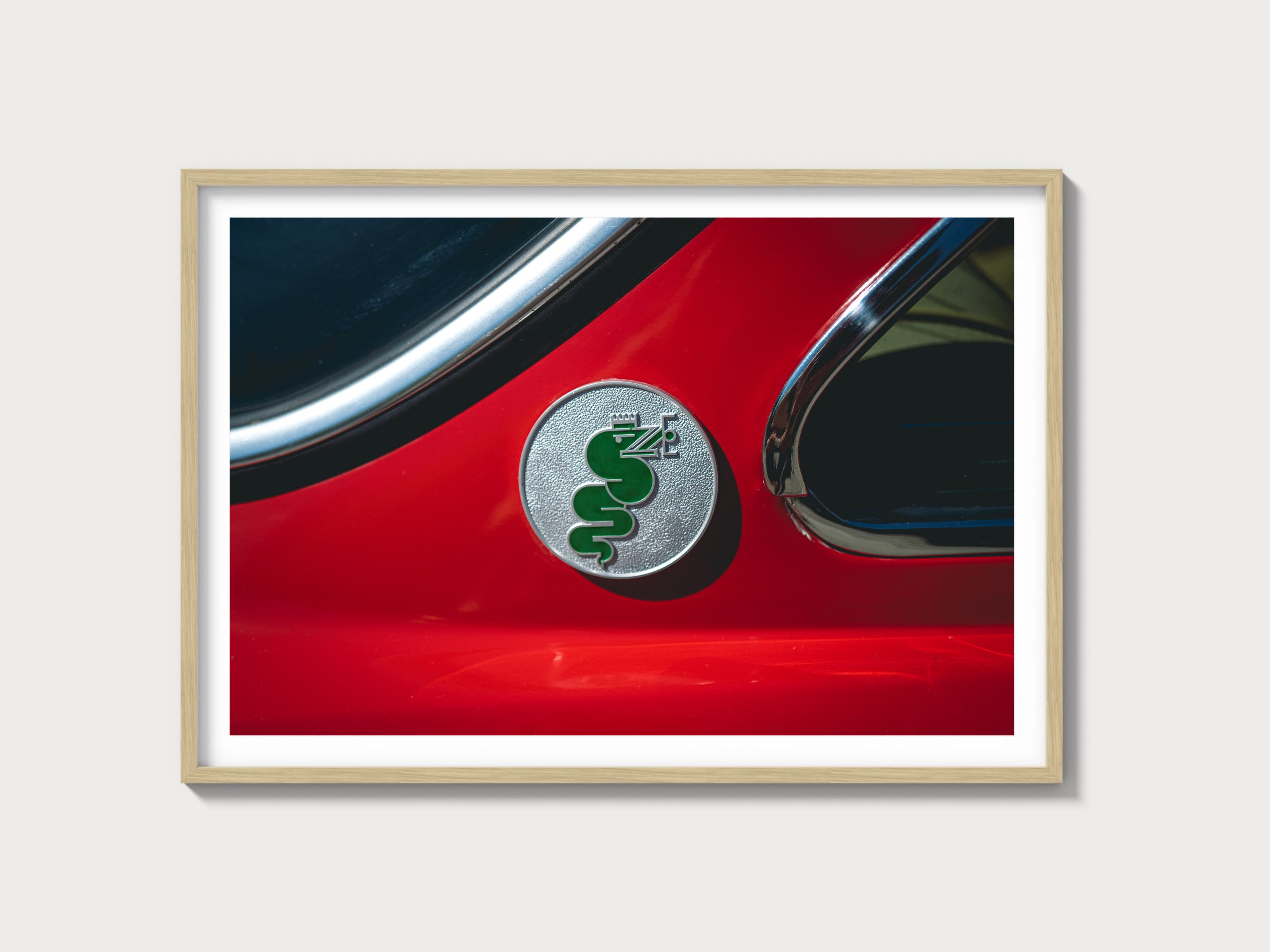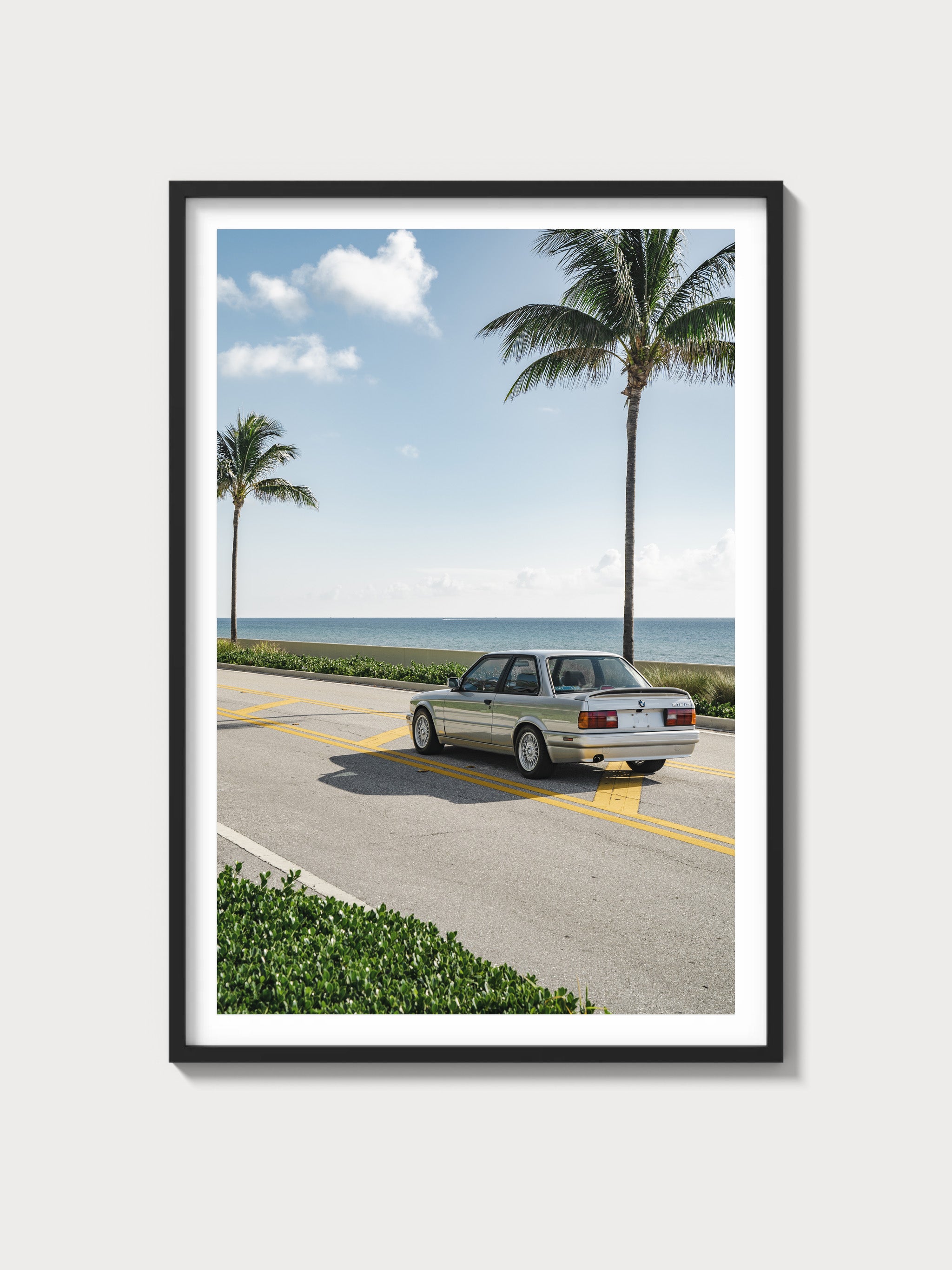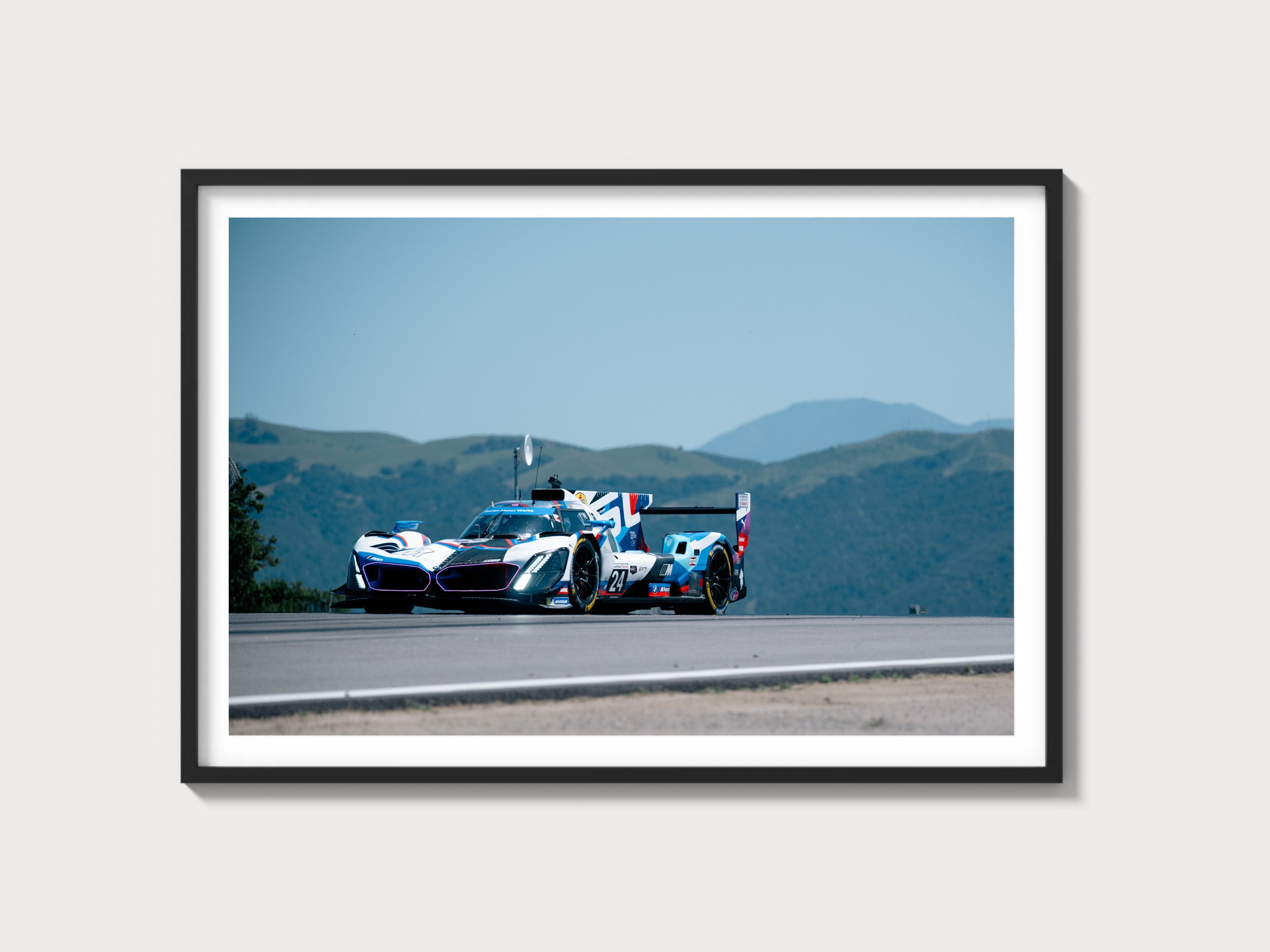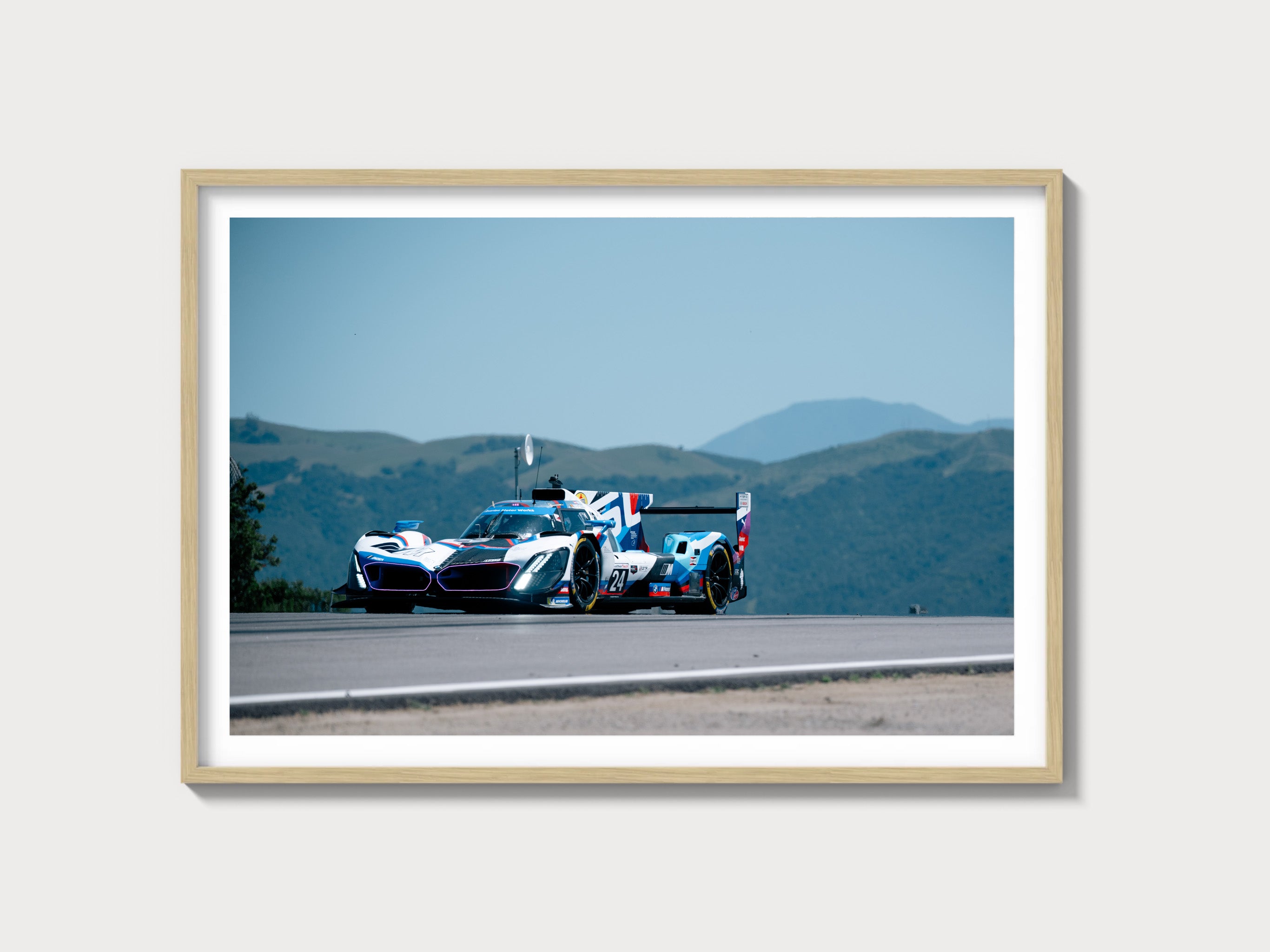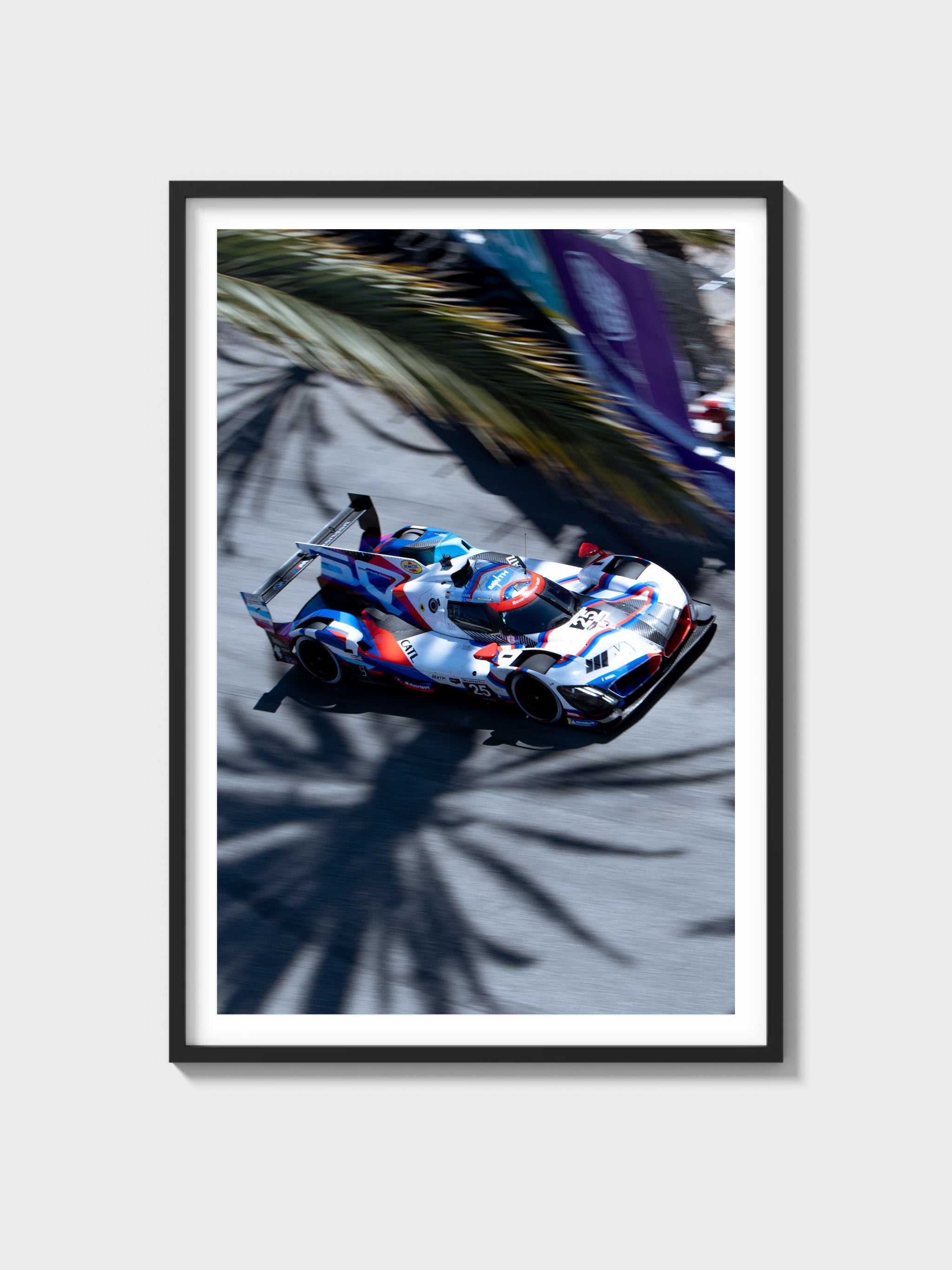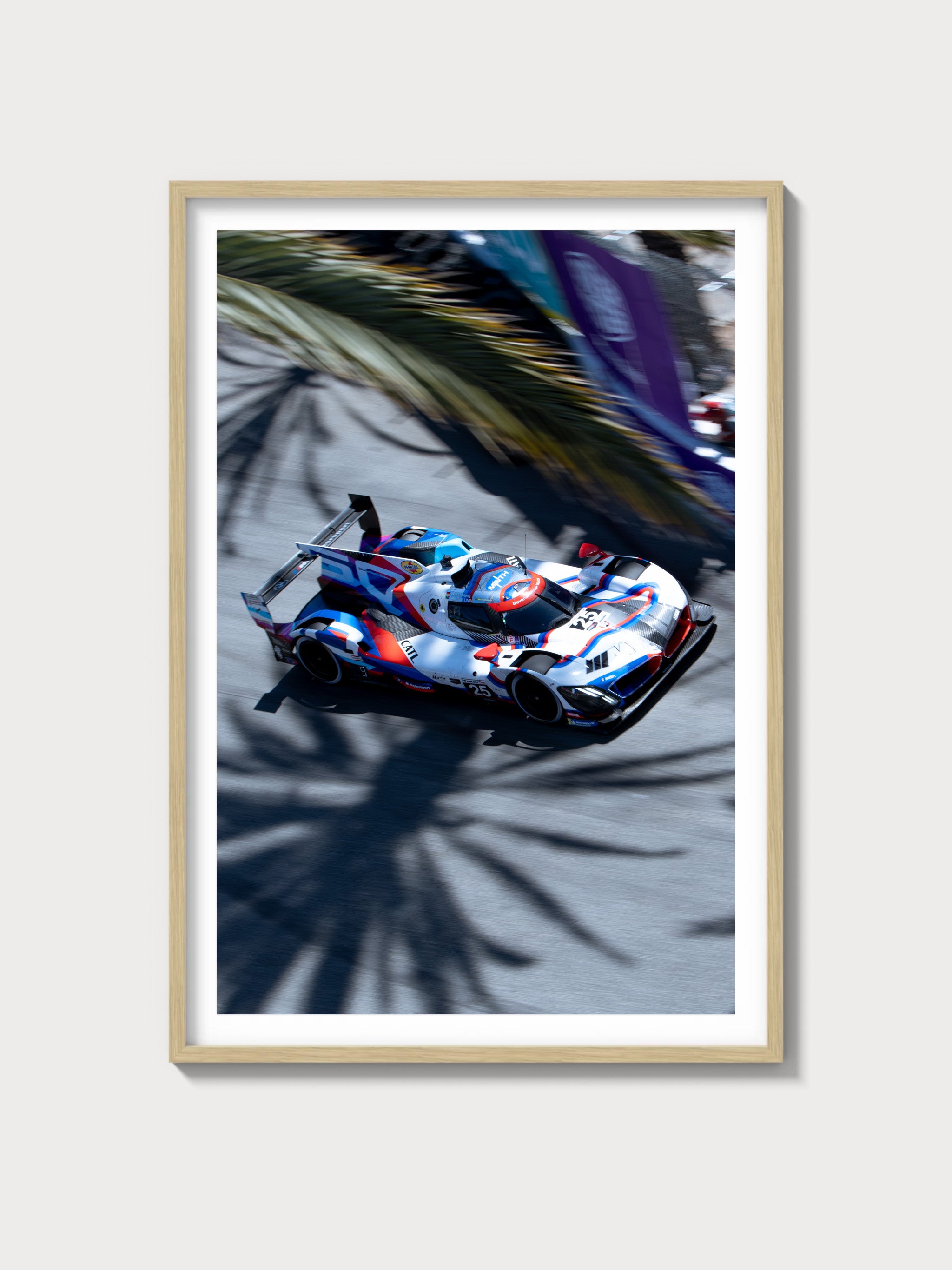1975–1980 Chevrolet Monza Spyder and Mirage: The H-Body’s Sharpest Edge
Historical context and development background
The first-generation Chevrolet Monza arrived in the thick of General Motors’ mid-1970s pivot. Born from the H-body architecture shared with the Vega and its corporate siblings (Buick Skyhawk, Oldsmobile Starfire, Pontiac Sunbird), the Monza was originally packaged for GM’s shelved two-rotor Wankel. When the rotary program was cancelled amidst emissions and economy headwinds, Chevrolet re-engineered the Monza around conventional powerplants, including small-displacement fours and sixes—and, crucially, a small-block V8.
The Monza’s slippery fastback 2+2 body and tidy dimensions aligned with the era’s appetite for compact “Euro-flavored” sport coupes. The Spyder package, introduced for 1976, distilled that idea into a showroom draw: blackout trim, bold graphics, sport instrumentation, and suspension/tire upgrades that gave the H-body its most purposeful stance. The 1977 Mirage, built for Chevrolet by Michigan Auto Techniques, layered on IMSA-style flares and spoilers in a dealer-installed package that echoed the successful DeKon-built IMSA Monzas that dominated mid-decade GT racing.
On the track, the tube-framed DeKon Monzas put the shape on the map with major IMSA GTX/GT victories and championships, led by standout drivers such as Al Holbert. On the street, the Monza Spyder and Mirage offered buyers the look and attitude—paired with drivetrains that ranged from thrifty fours to a smog-era 5.0L small-block V8—at a time when Ford’s Mustang II, the Capri II, and imports like the Toyota Celica were battling for the same customers.
Engine and technical specifications
H-body engineering was straightforward and honest: a front-engine, rear-drive layout with unequal-length control arms and coil springs up front, and a live rear axle located by a torque-arm with trailing links and coils. Steering was recirculating ball; front discs and rear drums were standard across performance variants. Powertrains varied by year and emissions calibration, but the Spyder/Mirage era centered on the following:
| Engine | Configuration | Displacement | Horsepower (SAE net) | Induction | Redline | Fuel System | Compression | Bore/Stroke | Notes |
|---|---|---|---|---|---|---|---|---|---|
| 2.3L OHC I4 ("140") | Inline-four, iron head/aluminum block | 2,301 cc | ~78–87 hp (varies by carb/year) | Naturally aspirated | ~5,600 rpm | Rochester 1-bbl or 2-bbl | ~8.0:1–8.5:1 | 3.50 in x 3.625 in | Primary four for early Monzas; improved "Dura-Built" updates mid-run |
| 3.8L (231) Buick V6 | 90° pushrod V6 | 3,791 cc | ~110–115 hp | Naturally aspirated | ~5,000 rpm | Rochester 2-bbl | ~8.0:1 | 3.80 in x 3.40 in | Broad torque, popular in emissions-era applications |
| 5.0L (305) Small-Block V8 | 90° OHV V8 | 5,000 cc | ~140 hp (typical mid/late-1970s calibration) | Naturally aspirated | ~5,000 rpm | Rochester Quadrajet 4-bbl (varies by year) | ~8.0:1 | 3.736 in x 3.48 in | Signature V8 option for Spyder-era cars |
| 4.3L (262) Small-Block V8 | 90° OHV V8 | 4,277 cc | ~110 hp (1975) | Naturally aspirated | ~4,800–5,000 rpm | 4-bbl (application dependent) | ~8.0:1 | 3.671 in x 3.10 in | One-year V8 stopgap, pre-Spyder |
Driving experience and handling dynamics
Even in period trim, the Monza’s chassis rewards smooth inputs. The torque-arm rear axle keeps the car tidy on throttle, with progressive roll and benign breakaway. Spyder-package cars benefited from wider tires, specific springs/dampers, and front/rear anti-roll bars that cut the base car’s understeer. Steering is light off-center with the expected recirculating-ball deadband of the era; the front disc/rear drum setup resists fade in normal use but will show its limits on long downhill runs.
With the 5.0L small-block, the Monza’s character pivots from tidy GT to small American GT—easy torque, long-legged gearing, and a deliberate, carbureted throttle response. The four-speed Saginaw manual is durable if not slick; period 5-speed applications (notably the Borg-Warner T-50 with lighter engines) bring quieter highway revs. Automatics were typically 3-speed units. Expect some secondary vibration with the 2.3L four, the Buick 231 V6 to feel flexible and relaxed, and the 305 V8 to make the Spyder/Mirage feel its most complete on a fast two-lane.
Full performance specifications (period test ranges)
| Spec | 2.3L I4 | 3.8L V6 | 5.0L V8 (305) |
|---|---|---|---|
| 0–60 mph | ~13–16 sec | ~11–12.5 sec | ~9.5–10.5 sec |
| Quarter-mile | ~19–20 s @ ~70–73 mph | ~18 s @ ~75–78 mph | ~17–17.5 s @ ~80–83 mph |
| Top speed | ~95–100 mph | ~100–105 mph | ~108–112 mph |
| Curb weight | ~2,650–2,800 lb | ~2,800–2,950 lb | ~2,900–3,100 lb |
| Layout | Front-engine, rear-wheel drive (H-body) | ||
| Brakes | Front discs, rear drums | ||
| Suspension | Front: unequal-length A-arms, coils. Rear: live axle with torque-arm, trailing links, coils. | ||
| Gearboxes | 4-speed manual (Saginaw) common; 5-speed offered with select engines; 3-speed automatic available | ||
Variant breakdown: Spyder and Mirage
Packages evolved year-to-year; below is a high-level guide focusing on appearance, hardware, and known production context.
| Variant | Years | Key Features | Engines | Colors/Graphics | Production | Market/Notes |
|---|---|---|---|---|---|---|
| Spyder | 1976–1980 | Sport graphics, blackout trim, gauge package, rally wheels, suspension/anti-roll bar tuning, performance tires | 2.3L I4, 3.8L V6, 5.0L V8 (availability varied by year/emissions) | Distinctive side/hood graphics; color palette varied by year | N/A (Chevrolet did not publish package-specific totals) | Sold primarily in North America; available on Monza hatch/coupe forms |
| Mirage | 1977 | Dealer-installed body kit (flares, front/rear spoilers), IMSA-inspired striping, based on Monza 2+2 | Typically 3.8L V6 or 5.0L V8 (others seen); standard Monza powertrains applied | White with red/blue striping; package standardized by Michigan Auto Techniques | Commonly cited as ~4,000 units; Chevrolet did not publish an official total | U.S. dealers; body components supplied/installed outside the factory |
What to expect behind the wheel
The Monza in Spyder/Mirage dress reads as a tidy, period-correct grand tourer. Turn-in is measured but accurate, body control improves markedly with the factory anti-roll bars, and the car is happiest at seven-tenths—calm, predictable, and surprisingly refined for a compact domestic of its time. The V8’s extra mass nudges the balance toward understeer, but it’s manageable with tire pressures and smooth throttle. Brakes are adequate; enthusiasts often cite high-quality pads and fluid as worthwhile upgrades for spirited use.
Ownership notes: maintenance, restoration, and parts
- Powertrain service: Small-block V8s are straightforward to keep healthy, though spark-plug access on V8 H-bodies is infamously tight near the firewall; factory procedures involve loosening an engine mount for one of the rear plugs on some cars. The Buick 231 V6 is durable with regular oil changes and carburetor maintenance. The 2.3L OHC four uses a timing belt; keeping belt condition and cooling system health in check is critical.
- Chassis and body: Inspect torque-arm and trailing-link bushings, steering box lash, and front control-arm bushings. H-bodies can rust in rear wheel arches, rocker panels, lower fenders, hatch surrounds, cowl/windshield base, and rear frame rails.
- Parts availability: Mechanical parts interchange well across GM lines; suspension/brake service items are widely available. Mirage-specific body panels and original Spyder graphics are the difficult pieces—reproduction decals exist, while original Mirage urethane pieces require patience to source and repair.
- Restoration difficulty: Straightforward mechanically; body and trim correctness separate driver restorations from show-level cars. Documentation for dealer-installed Mirage cars (invoices, period brochures) adds credence and value.
- Service intervals (period typical): Owners and period literature commonly followed oil changes around 3,000–5,000 miles, ignition tune-ups roughly every 12,000–15,000 miles, and cooling/brake fluid attention on a two-year cadence. For 2.3L timing belts, replacement was treated as routine long-interval maintenance; consult the factory shop manual for the specific year’s procedure.
Cultural relevance and enthusiast market
The Mirage’s IMSA cosplay is its calling card, a direct nod to the DeKon Monzas that brought real silverware home in American GT racing. The Spyder, meanwhile, is the cleanest expression of the street Monza’s intent—lean, graphic-heavy, and unmistakably mid-’70s. Both packages sit at an interesting crossroads: true period pieces with motorsport links, yet grounded in the approachable mechanicals of GM’s vast parts bin.
Collector interest leans toward complete, well-documented cars with correct graphics and interior trim. Mirage authenticity (dealer paperwork, correct white paint/striping scheme, and proper flare/spoiler fitment) matters. Concours-grade examples of either package can command strong money relative to standard Monzas; drivers remain accessible, which has kept the cars present in grassroots events and Cars & Coffee culture.
FAQs
Was the Monza Spyder a separate model or an option package?
The Spyder was an appearance/performance package offered on the Monza rather than a standalone model. It combined graphics and blackout trim with suspension and tire upgrades and sport-oriented interiors.
What makes a Mirage different from a Spyder?
The Mirage was a dealer-installed body package supplied by Michigan Auto Techniques for 1977, finished exclusively in white with red/blue striping and wearing flares and spoilers inspired by IMSA cars. The Spyder was a factory option package with sport graphics and chassis tweaks available from 1976–1980.
Which engines are most desirable?
Enthusiasts often seek the 5.0L (305) V8 for its torque and soundtrack, though the Buick 231 V6 makes for a smooth, usable street setup. The 2.3L four is the lightest combination but requires vigilant cooling and belt maintenance.
How quick is a V8 Spyder?
Period tests commonly placed 0–60 mph for 305-equipped cars around the high-9 to low-10-second range, with top speeds just over 110 mph, depending on gearing and emissions calibration.
Are there known problem areas?
Rust in the rear arches, rockers, lower fenders, hatch surround, and rear frame rails is common. Aging steering boxes and worn rear torque-arm/trailing-link bushings affect handling. On V8 cars, tight engine-bay packaging makes some service tasks—especially rear spark plugs—more involved.
How can I verify a real Mirage?
Look for period dealer documentation, the correct white paint with standardized red/blue striping, and the specific flare/spoiler set used in 1977. Factory build sheets won’t list Mirage as a factory RPO because it was installed outside the assembly plant.
What transmissions were offered?
Four-speed manuals (Saginaw) are common; a 5-speed manual was offered with select engines; and 3-speed automatics were widely available.
How does it compare to a Mustang II of the same era?
The Monza’s torque-arm rear suspension and the availability of a small-block V8 give it a different dynamic flavor—calmer rear-axle behavior and strong midrange torque—while both cars reflect their smog-era constraints.
At-a-glance specifications (enthusiast summary)
| Item | Monza Spyder/Mirage (1st Gen) |
|---|---|
| Platform | GM H-body (shared with Vega, Skyhawk, Starfire, Sunbird) |
| Years covered | Spyder 1976–1980; Mirage 1977 (dealer-installed) |
| Engines | 2.3L OHC I4; 3.8L Buick V6; 5.0L (305) SBC V8; 4.3L (262) SBC V8 in 1975 (pre-Spyder) |
| Transmission | 4-speed or 5-speed manual; 3-speed automatic |
| Brakes | Front discs/rear drums |
| Suspension | Front: A-arms, coils; Rear: live axle, torque-arm/trailing links, coils |
| Approx. curb weight | ~2,650–3,100 lb (by engine/equipment) |
For collectors who appreciate the intersection of racing aesthetics and everyday usability, the Monza Spyder and Mirage occupy a compelling lane. They’re unmistakably of their time, technically honest, and supported by a deep GM ecosystem—ideal ingredients for an enthusiast who likes to drive as much as to preserve.

